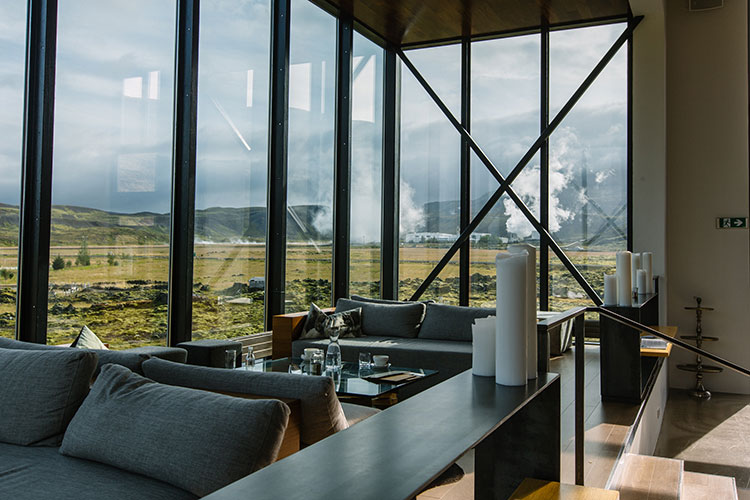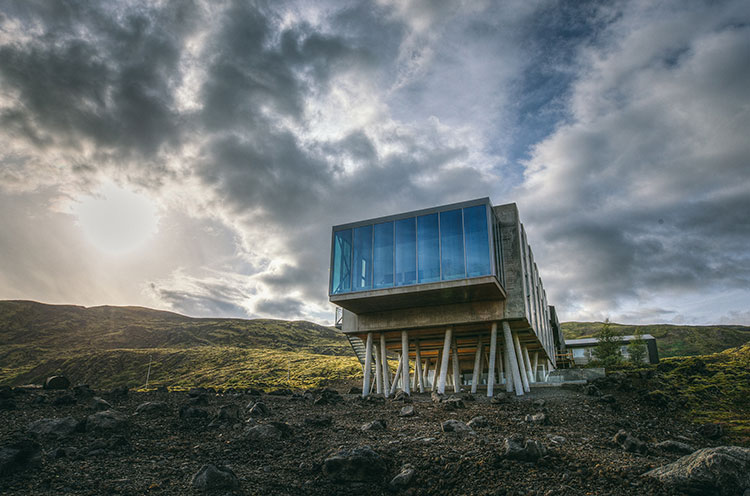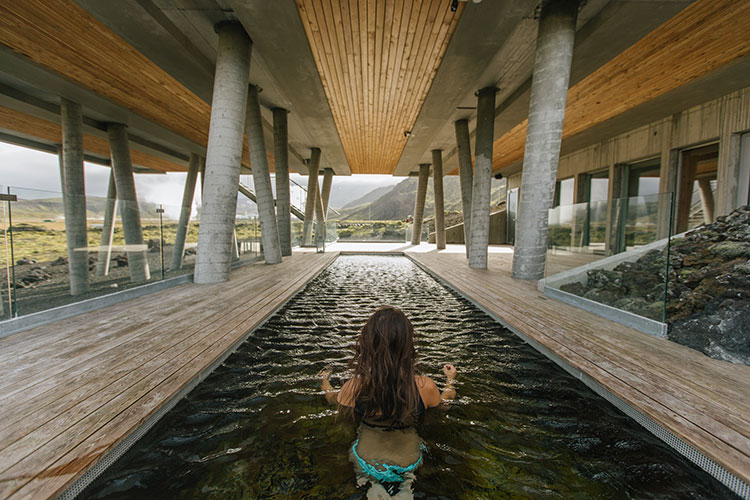Iceland Travel Guide: Tips and Road Trip Itinerary
By @alexcornell // Iceland // 06.26.15
Iceland is the most unique and exciting place on the planet. This article is designed to help maximize your trip to this incredible place. It’s divided into two parts: tips and itinerary.
Tips covers unique considerations necessary for happy Icelandic travel. It’s applicable for all travelers to Iceland. The itinerary provides and exact 8-day road trip plan, with sites, lodging, pictures, drive times, and routes. Everything you need for the perfect Iceland road trip.
All photos below are my own, see more on my Instagram.
Table of Contents
Here is a brief overview of what’s covered on this page.
- Getting Started
- The Ring Road
- When to Go: Weather, Road Conditions, Light, Crowds
- What to Bring: Map/GPS, Google Maps, Clothes, Gear, Money, Packing
- Where to Stay: Hotels, Camping, Airbnb, Booking
- Driving in Iceland: Lanes/Passing, F-Roads, Emergencies, 4WD, Rental
- Activities: Helicopters, Hiking, Planes, Horseback, Diving
- Food in Iceland: Hotels, Restaurants, Groceries, Gas Stations
- Itinerary: Complete list of route, sights and places to stay.
Follow me on Twitter and let me know how your trip goes!
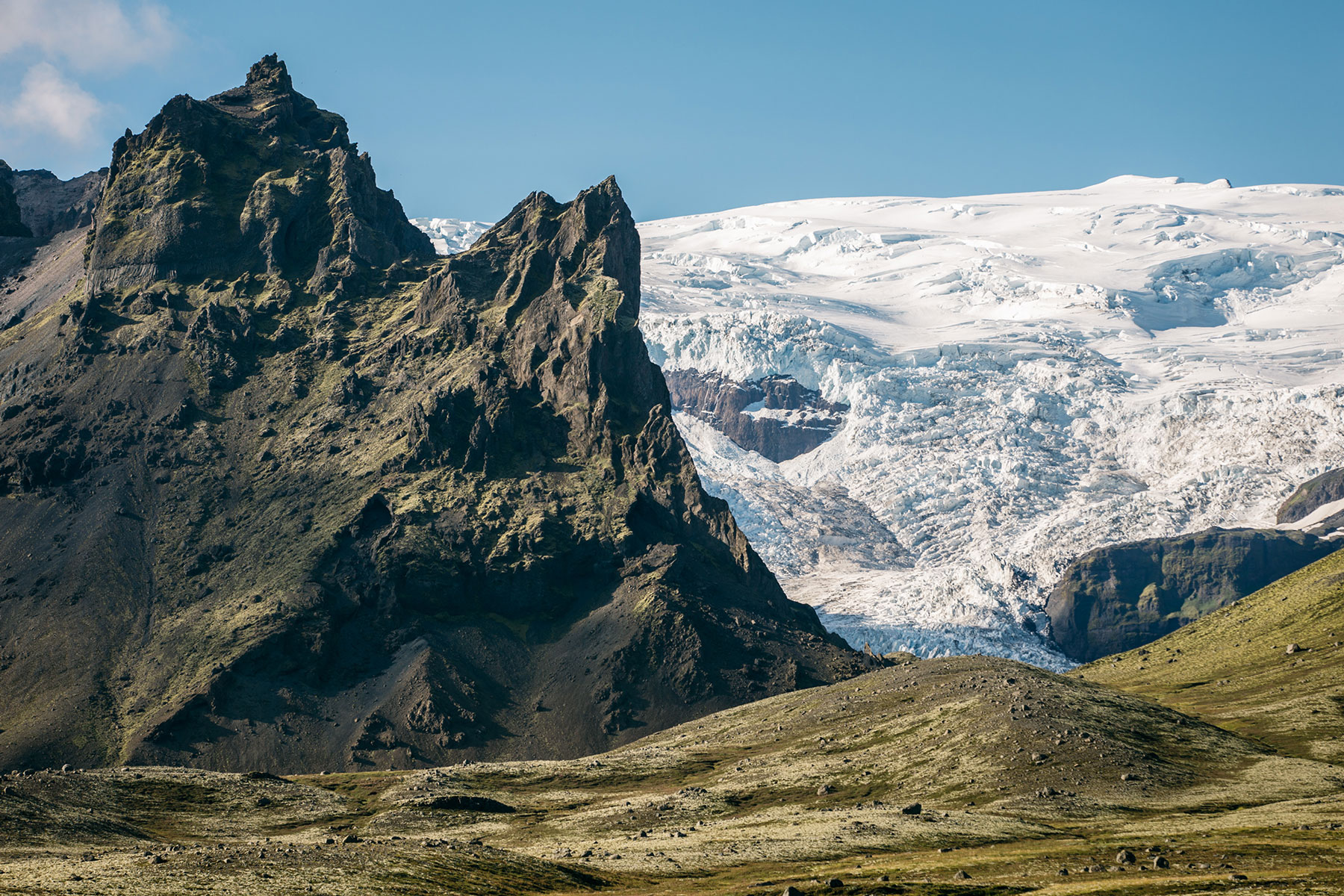

Getting Started
As mentioned, a specific itinerary follows later in this article, but in general, what does one do in Iceland? Basically you drive around and gaze upon the endless variety of stunning landscapes. You do not go to Iceland to see Reykjavik, sit on a tourbus, or play it safe.
You go to Iceland to have adventures and see what another planet might look like if a beta version were being tested upon the surface of ours.
You want to design your trip so that you see as much of the island as possible. You should drive the entire Ring Road.
The Ring Road
The Ring Road is designed perfectly for a road trip. According to Google Maps, and under ideal circumstances, the total drive time is around 17 hours. I recommend undertaking this in 8-10 days, which allows for plenty of time to explore (and importantly, venture into the West Fjords).
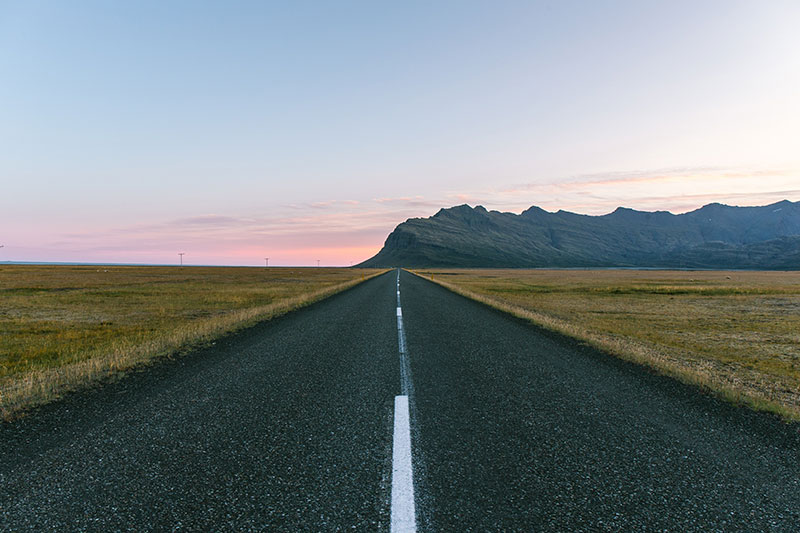
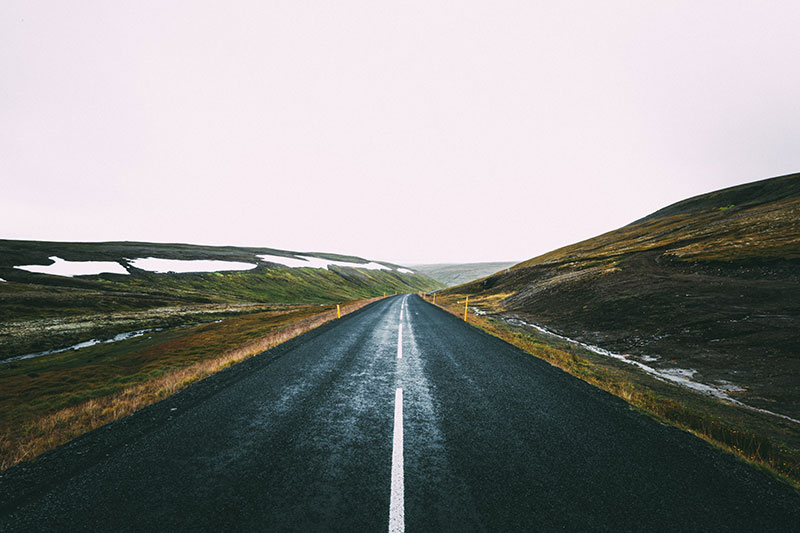
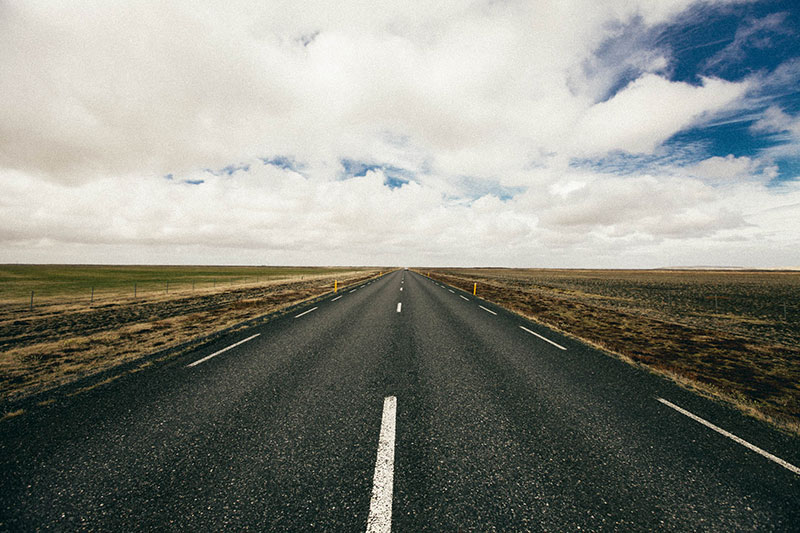
To tackle the Ring Road, the first question is which direction should you drive? Counter-clockwise is the stronger direction. The reason is because, like any good narrative arc, this direction has some good action early on, a nice slow plot development section, and then some epic climaxes.
While “let’s just see what happens” is certainly an effective strategy in Iceland, it’s very important to plan your days such that you’re able to see everything in the most efficient order. I suggest planning each day’s itinerary before you leave, and then adjusting it each night while you’re there depending on weather, route completion and energy.
When To Go
A few things to consider when deciding when to go: the weather, the light, and the crowds. These factors will dramatically influence how you experience the country. The high season in Iceland is June-August. The “shoulder seasons” are May/September.
Weather
If you go during the high season, the temperature will be cautiously comfortable. There will be moments where a t-shirt suffices, followed quickly by a freezing torrential downpour. It’s very similar to San Francisco on its most capricious day.
If you want snowy landscapes and the Northern Lights, go during the winter; just don’t expect to move around as easily. Many of the side roads become impassable.
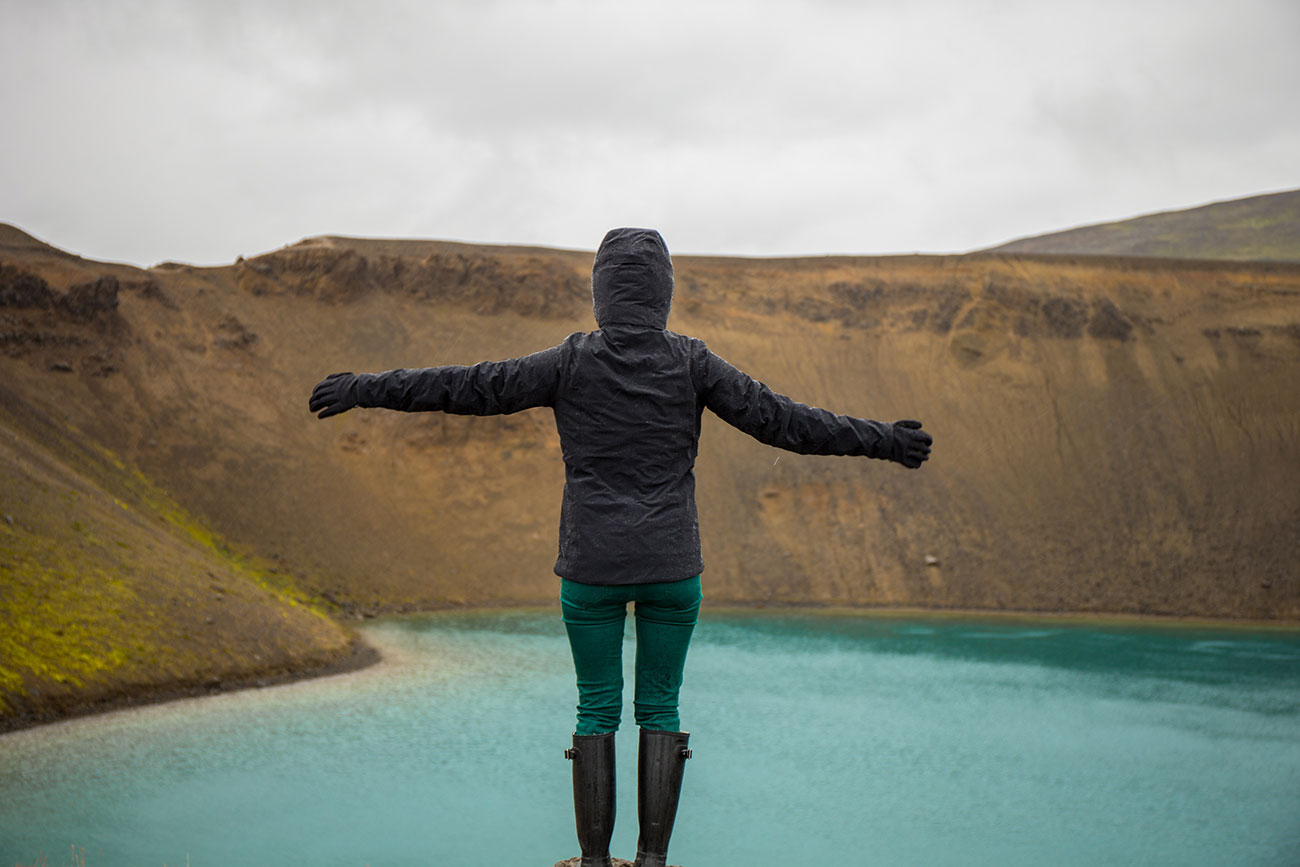
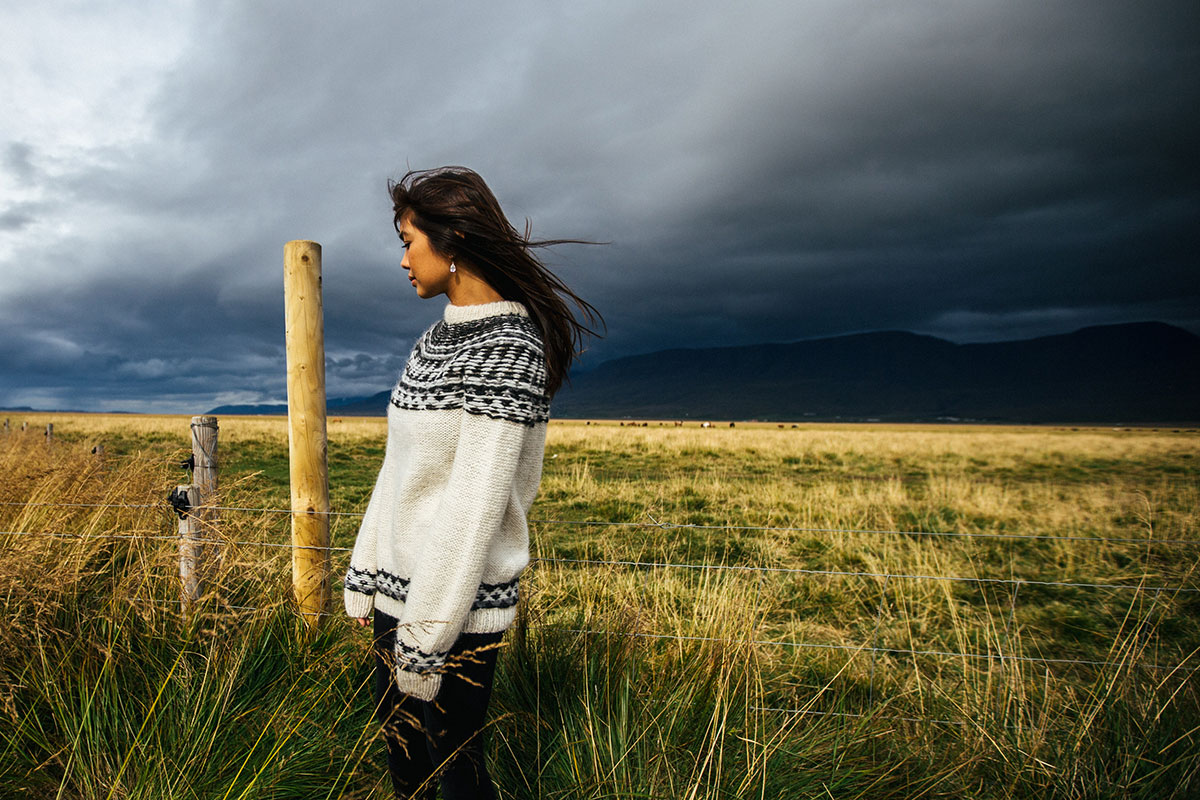
Impending storm (that never actually materialized)
Road Conditions
The Ring Road is open all year. Some of the unpaved and side roads, during the winter especially, can be closed to due snowfall (or volcanic activity). During the high season, most all roads are open. If you want full access to all of Iceland, try to go during May-August.
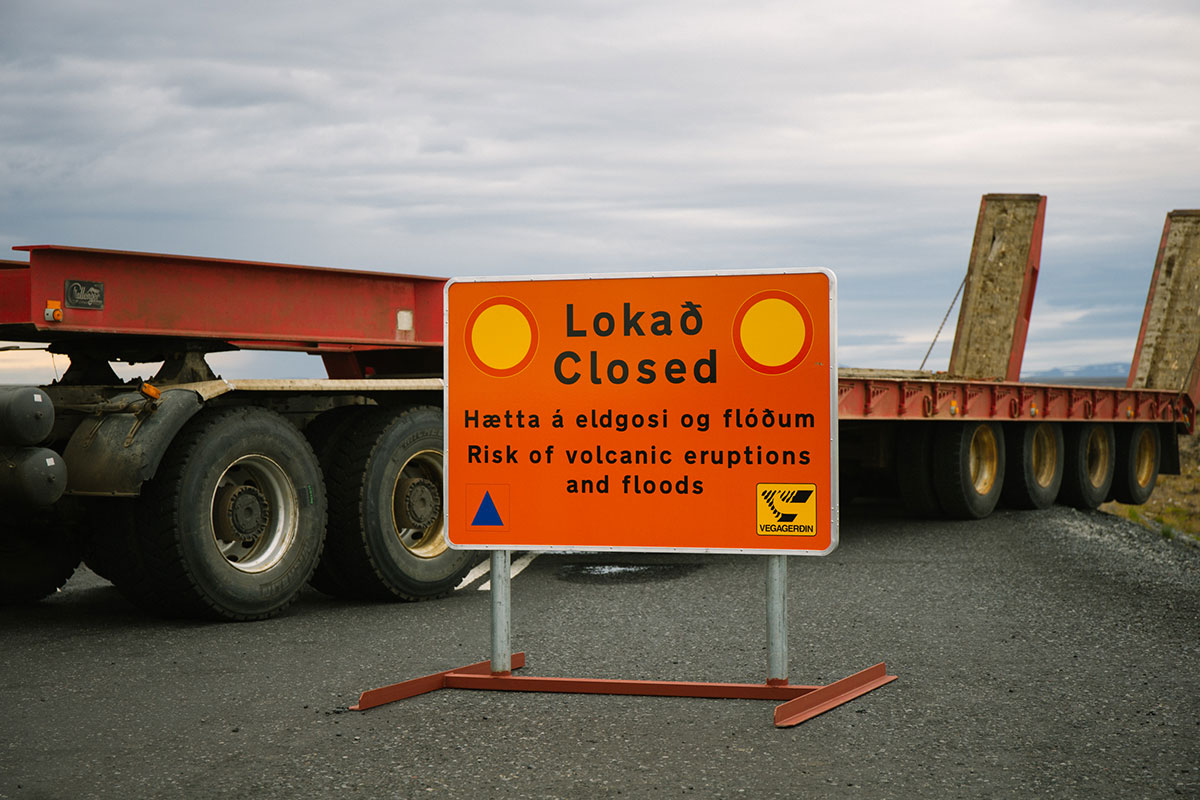
Road closure due to volcano activity (!)
The Light
Iceland is famous for its beautiful light. During the summer months, it’s one long perpetual sunset between 9pm-3am; it can be a very beautiful time to go for a photographer. If you want to see the Northern Lights, you must visit during the winter.
The Crowds
After reading all of the above, it seems like a no brainer to go during the high season of June/July. The downside is the crowd. There is only one two-lane road around the whole island. All of the sites fill up substantially and it can be a mess trying to get a picture without a bus load of tourists plopped in your way.
Given this, I think the best month to go, for a first time visitor, is August — it’s just off the high season, so there are slightly less people, it’s still bright most of the day, and there is no leftover snow (as there would be in May).
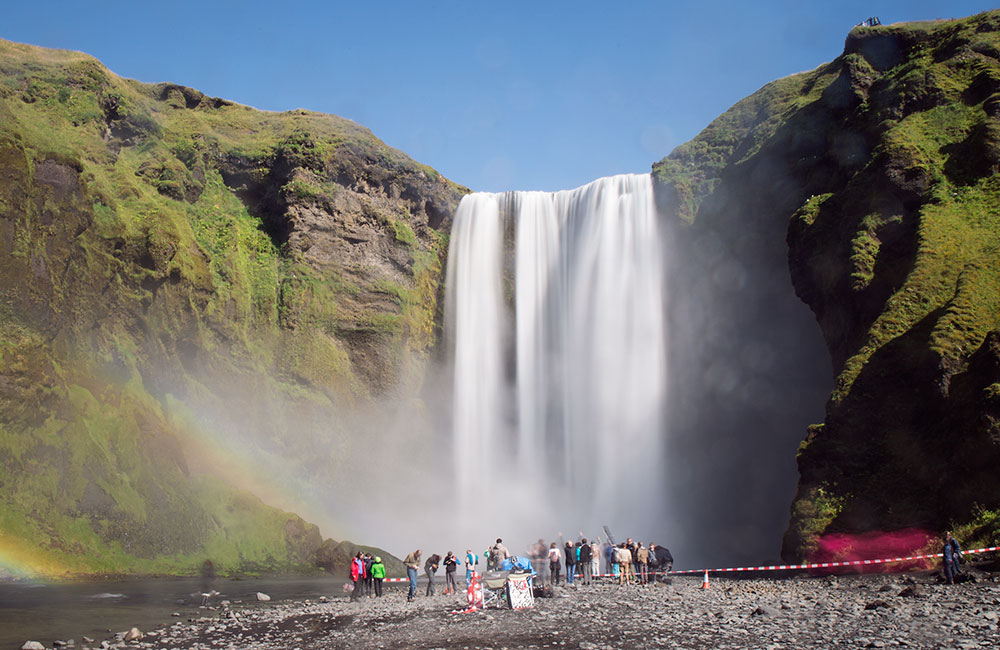
Skógafoss in July
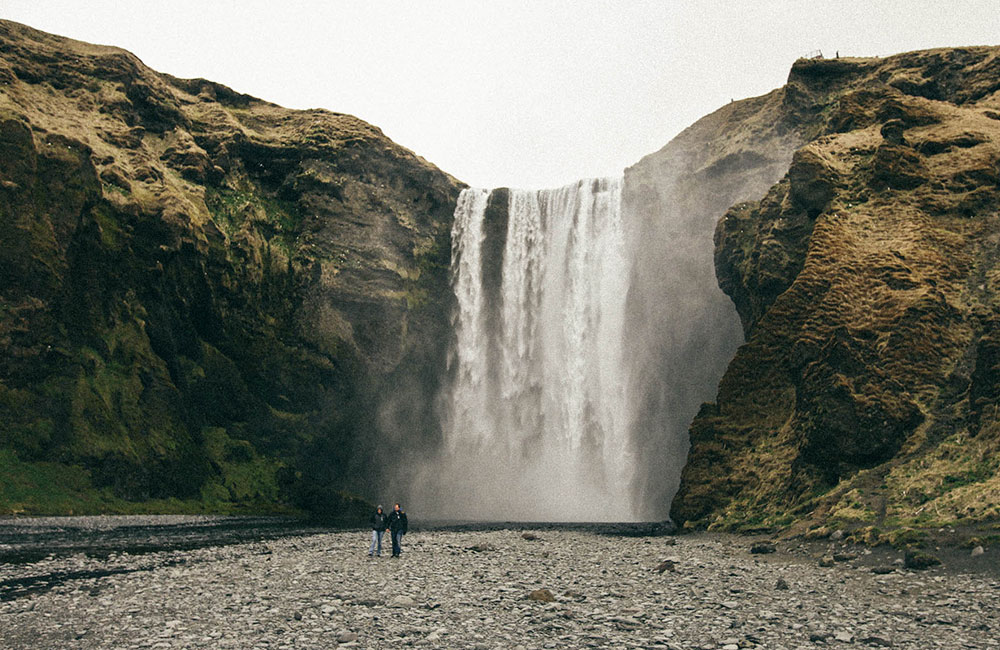
Skógafoss in May

What To Bring
Iceland requires a few unique items. Of course bring all the obvious things like clothes, sunglasses, toiletries etc; the items below are helpful augmentations and can make the trip a lot smoother.
Map/GPS
You do not want to rely on GPS in Iceland. A hard copy map is recommended. My favorite one recently went out of print, but any comprehensive road map should do. It looks cool and makes for a nice souvenir when you return home.
In some cases, GPS coordinates can be very helpful; but it gets confusing if you try to cross-reference place names with Google, as they can be inconsistently worded on the device. For a treat, visit here: 63°27.400´N 19°22.130´W.
Google Maps
Google Maps is extremely helpful for planning your route and getting a sense of how long it takes to drive between destinations. As you decide how quickly you’d like to circle the Ring Road, use Google Maps to drag pins along the route to get a sense of drive times. In my experience, it’s very accurate as long as you are on paved roads.
Weather Planning
The weather in Iceland is extremely unpredictable. The two most important questions to answer are: is it raining and how cold is it. Both of these questions can be answered with this amazing website. It provides a precipitation map of the entire island.
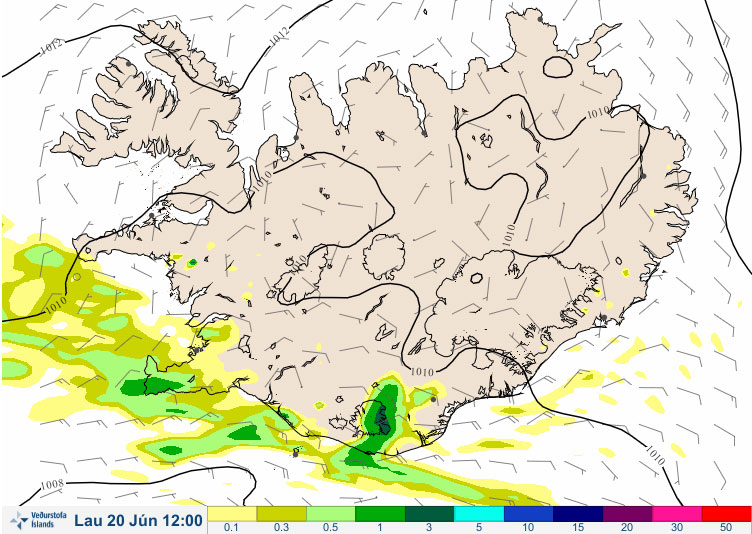
Use this to determine which days you want to prioritize the most visually exciting locations (for example, try not to visit the Fjords when it’s storming — you won’t be able to appreciate the vastness). I recommend checking this every morning and scouting your route for the day.
Clothes and Gear
Clothes are a very personal decision. I won’t give you specifics or repeat the “layers layers layers” trope because you’ve heard it before. Presumably you know how to dress yourself. Assume the weather is very intense: it’s quite windy, generally between 40-60 degrees, and unpredictable. Don’t be stupid. Bring good clothes and have lots of options.
I have a lot of specific recommendations for prosumer camera equipment to bring to Iceland. You can find all of these tips and gear links here. Those videos are specifically targeted at high-end, professional gear–they assume your primary goal is image capture.
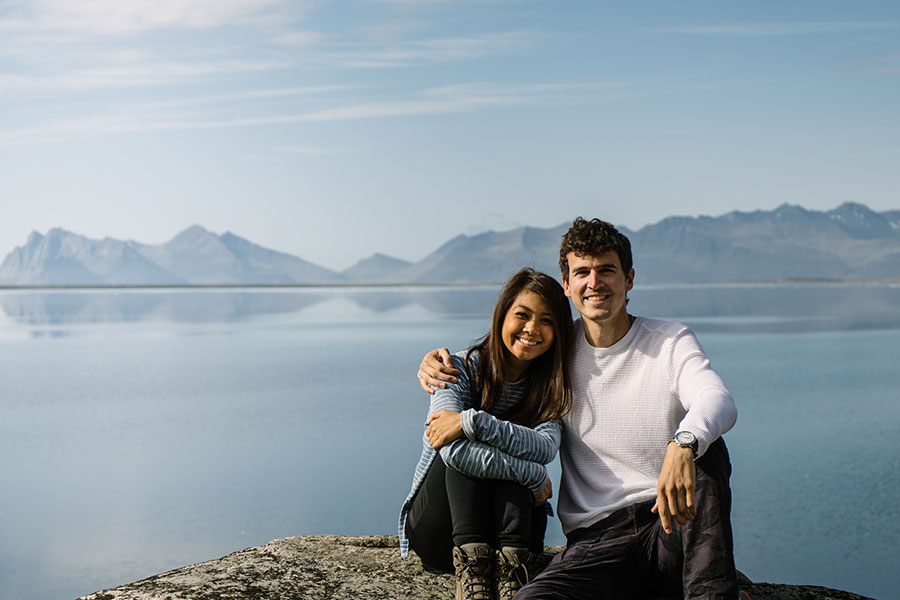
Typical driving clothes, comfy and versatile.
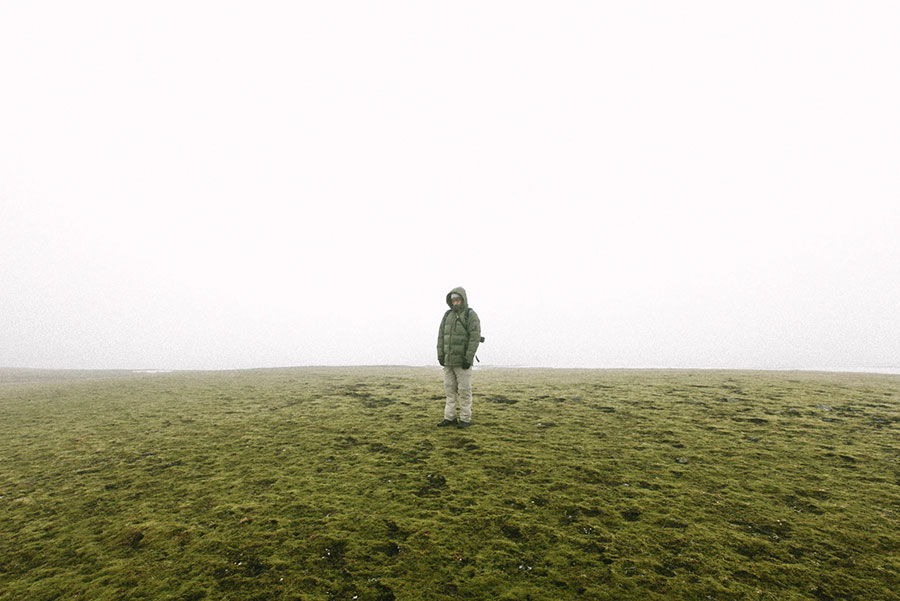
Outerwear, for hiking especially in glacial regions.
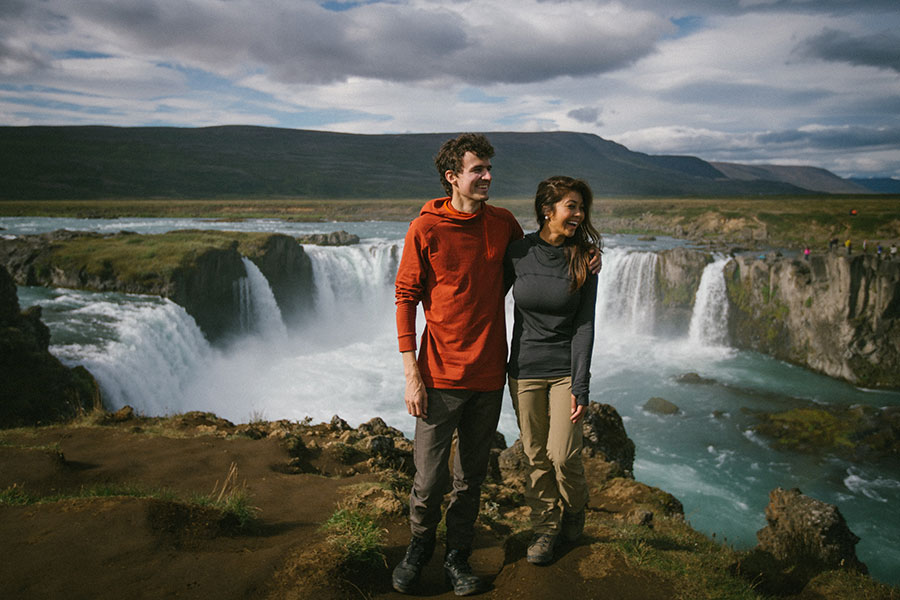
Lightweight outerwear, for hiking and layering
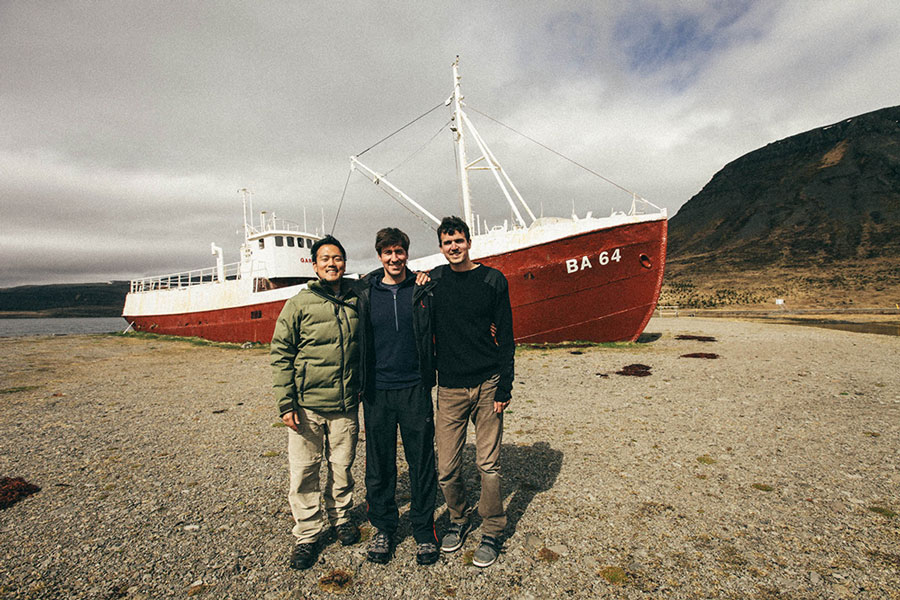
Assorted outerwear (be smart!)
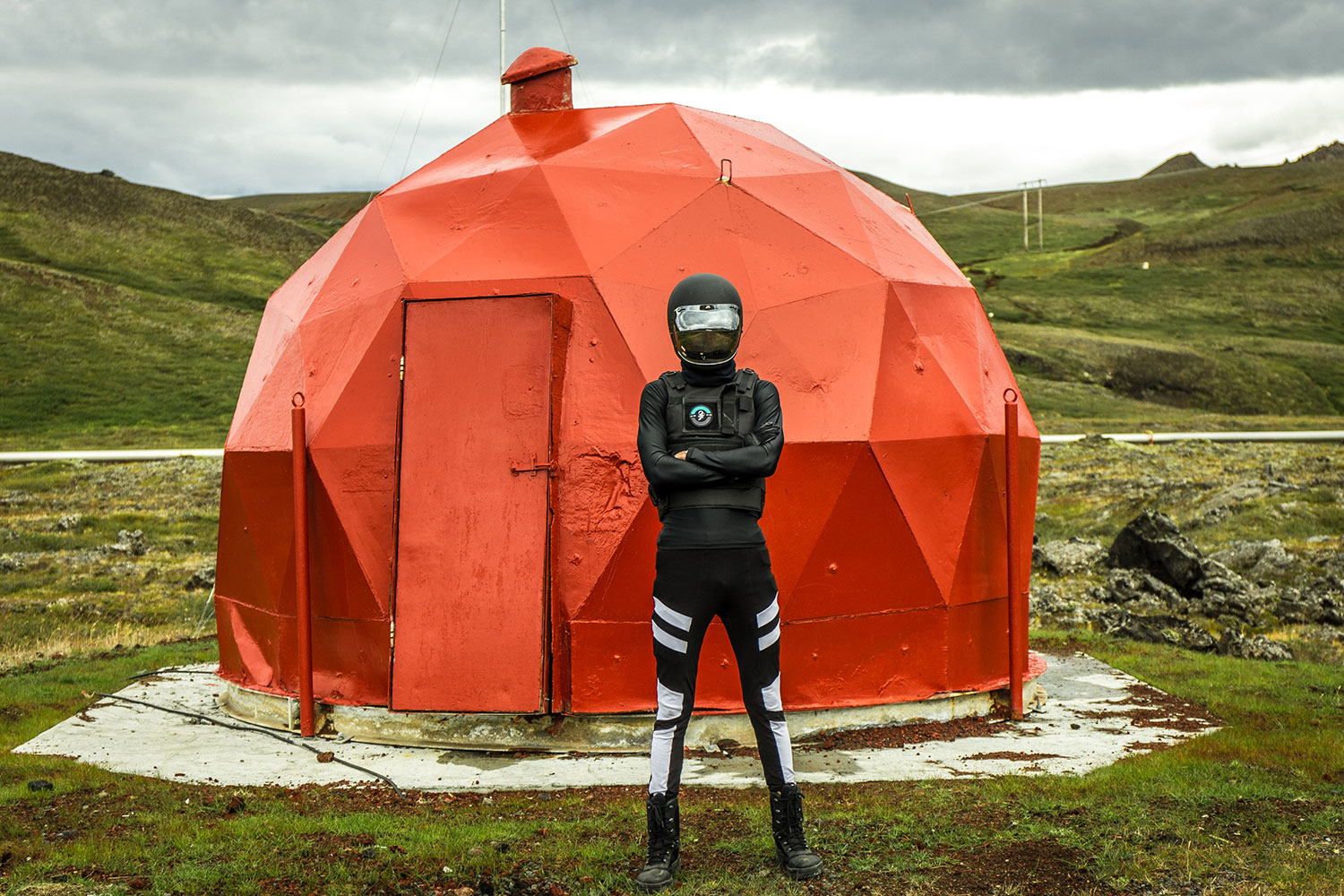
Space costume for cool pictures
Money
All you need in Iceland is your credit card. Every gas station, restaurant, shop, and accepts cards. Even the most isolated spots sometimes prefer cards. It’s possible to spend your entire trip in Iceland without handling money.
That said, it always pays to be versatile when traveling. Carry cash as a backup, but don’t expect to use it very much. Another consideration is foreign transaction fees — ideally, use a card that doesn’t gouge you on these.
Suitcase or Backpack
Decision: backpack or suitcase. Answer: depends on how you’re traveling. If you’re camping, sleeping in your car, or not staying in hotels, then a backpack is probably a good idea. You’ll want to be mobile and versatile.
If you’re staying in hotels or Airbnbs, then you can probably get away with a suitcase. One thing to consider is that every night you will likely be staying in a new location; taking a suitcase in and out of a car can get annoying. Make sure you bring something that can move and pack easily. Personally, a suitcase works far better.
Short story film I made about our 2014 trip.
Gear overview of a pro rig for video/photo.
Where To Stay
There are plenty of accommodation options in Iceland around the entire Ring Road. Things book up quickly, especially in the high season, so plan ahead!
Now, do you want to camp or do you want to stay in a hotel? This is the first question you need to answer. The benefits of each are below.
Hotels
The benefits of a hotel are obvious: clean bed, shower, roof, blackout curtains (don’t underestimate), food, etc. If you have the means, this is the best way to go.
I have indicated specifically which hotels are my favorite below and in the itinerary section; they are spaced evenly around the Ring Road and are just the right distance apart to maximize activities and limit long drives.
- Vik Myrdal Icelandair Hotel
- Country Hotel Smyrlabjörg
- Icelandair Hotel Herad
- Vogafjós Guesthouse
- Hvammstangi Cottages
- Country Hotel Heydalur
- Ion Adventure Hotel
- CenterHotel Thingholt
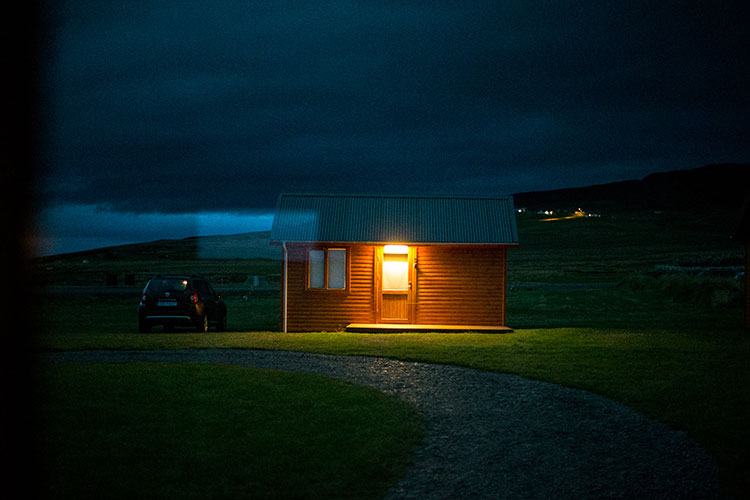
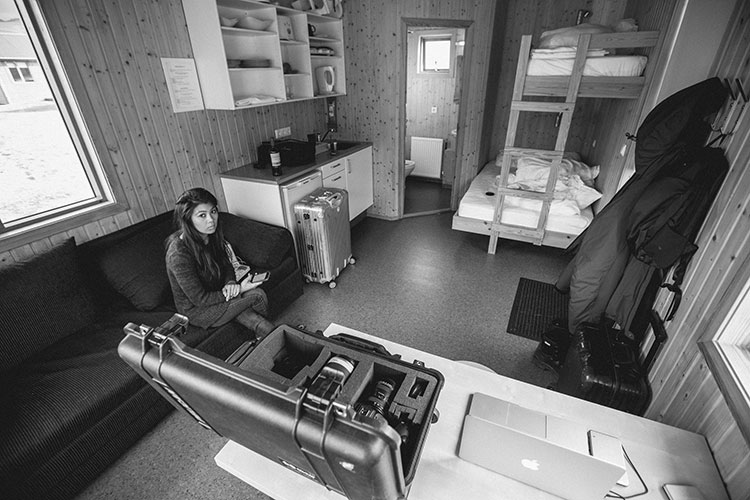
Hvammstangi Cottages
Camping/RV
Camping is a great alternative for a few reasons: 1) You are in full control of your schedule and can move around significantly more versatilely than if you’re bound to check-in times. 2) During the summer months, you can invert your schedule so that you sleep during the day and explore during the more beautiful, less crowded, perpetual sunset times. Worth considering if pictures are a priority. And 3) Cost. Hotel in Iceland are expensive. If this is an issue, consider camping or an RV and you will definitely save money.
Airbnb
This exists in Iceland, but I don’t recommend it. It’s highly unlikely that there is availability outside of Reyjakvik, exactly where and when you want to stay. There are plenty of options, sure, but it can be difficult to plan a exact route and expect availability in some of the more remote locations.
Booking
My favorite site to plan travel with is Booking.com. I’m not paid to say that. It’s just a terrific website with all the right tools (specifically the map and free cancelations!). Even tiny little places in Icelandic nether-regions use Booking.com.
Driving in Iceland
To get around Iceland, you need a car. Do not consider bus tours or any group-travel options. You need your own car to maximize your adventure. When deciding which car to get, consider space, performance, 4WD, and visuals.
You want a car that can fit everyone and their stuff (with ideally 1-2 empty seats), go everywhere you want it to without burning millions of dollars of gas, and if you want a prop bonus, some cars look great in photos in Iceland (Landrover Defender).
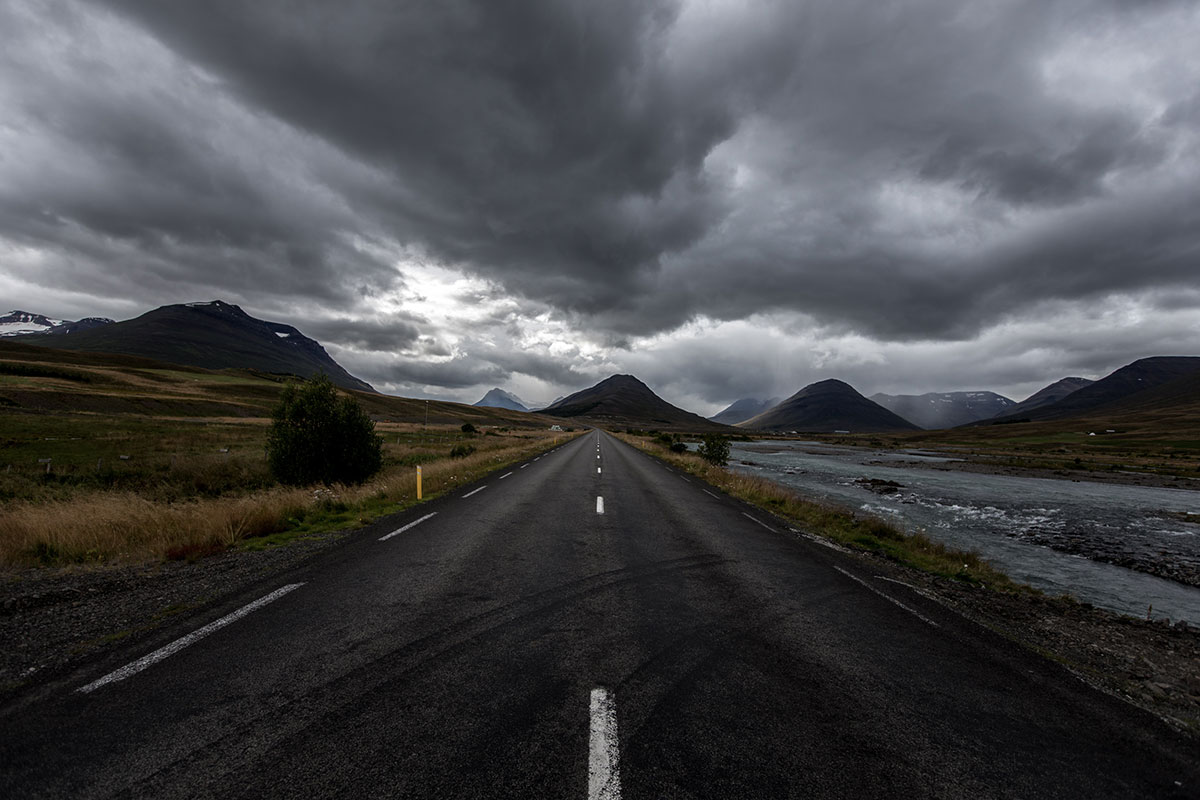
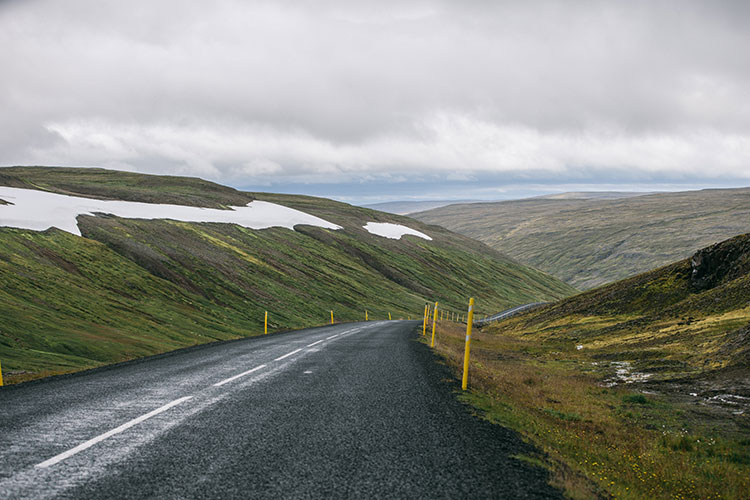
Typical Ring Road (note the thin lanes and precarious shoulder)
Lanes and Passing
Driving in Iceland can be really scary. Even on the Ring Road, on a flat straightaway, things can be nerve-racking. The issue is lane-width. Icelandic roads are thin and people drive really fast (think the Golden Gate bridge middle lanes, before they put in the barrier).
There is also quite a bit of high-speed passing necessary (especially around RVs). This coupled with the insane surroundings makes extreme attention necessary at all times.
F-Roads
The Ring Road is well maintained and generally fine to drive on, lane-width aside. You will also encounter plenty of “f-roads”, which come in all shapes and sizes. They are usually gravel and can be anywhere from 2 to zero lanes wide. Many sites are a few minutes drive off the Ring; to get to them, you’ll need to use the mysterious f-road. You will know pretty quickly if your car can handle it or not.
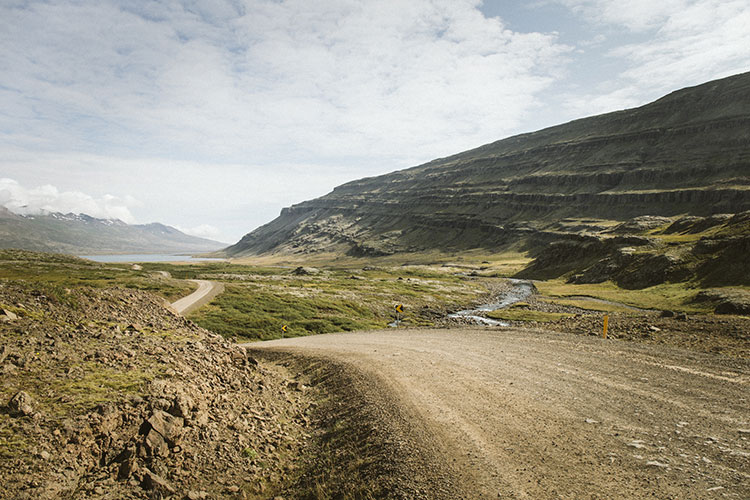
Gravel roads come in all shapes and states (this one was OK)
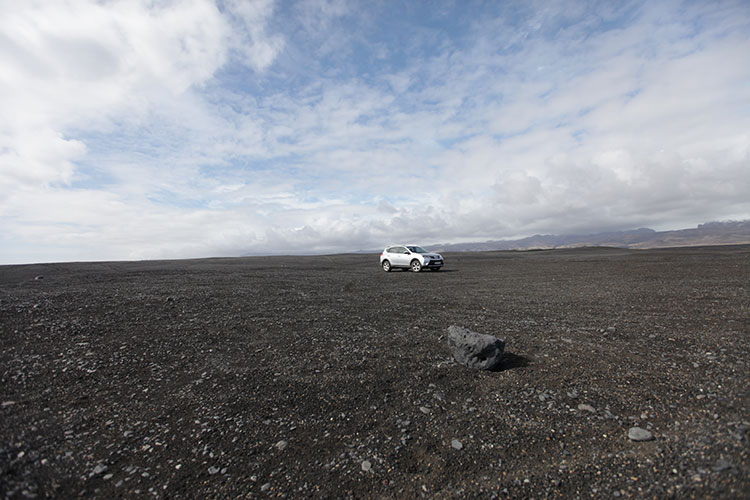
Driving to Sólheimasandur carefully (note moon rock in front)
Flat Tires and Emergencies
You need a spare tire in Iceland, end of story. If you don’t have one you have grave unhappiness in your immediate future. You also need assurance from your rental agency that they have some means of getting to you in an emergency (they all say they do, but honestly, how is this possible?).
Assume you are on your own and drive carefully. Worst case, hitchhiking is safe; the main issue is that the places that can actually help you, are few and far between.
4WD and Transmission
At the very least, get a 4WD SUV. You don’t want to be concerned about where you can drive. You should be prepared for rough roads. You do NOT want to worry about your car when you’re six hours deep in the Fjords, on a gravel road, worried about potential flat tires.
Get the best car you can afford. If you know how to drive manual, consider the Landrover Defender. Such a cool car, unfortunately all of the Icelandic ones are manual transmission. I think the best option is a new Toyota RAV4.
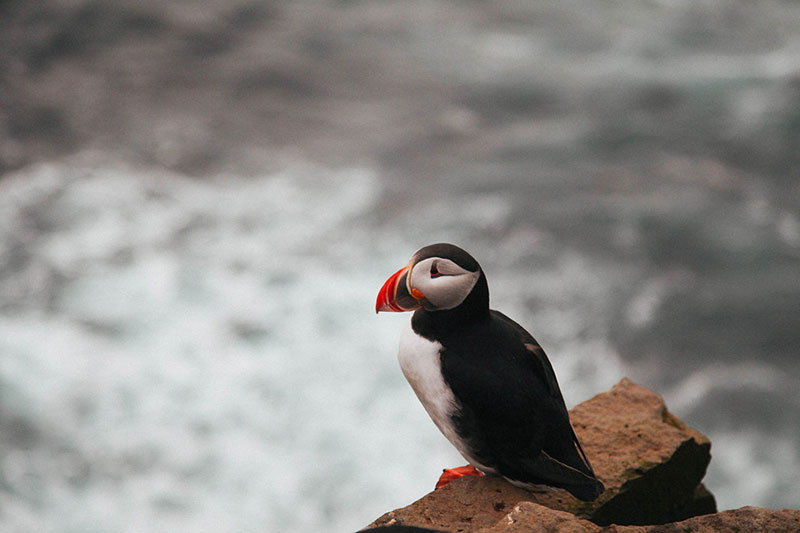
4WD Required: The Puffins of Látrabjarg
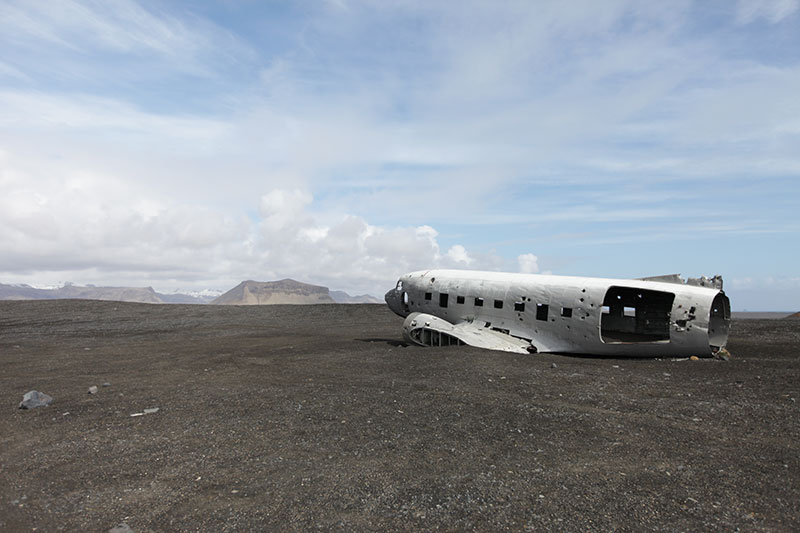
4WD Required: Sólheimasandur Plane
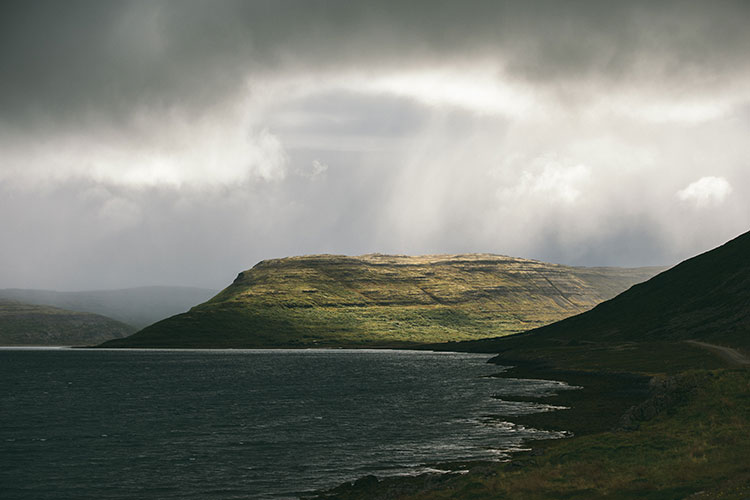
4WD Required: Deep in the West Fjords
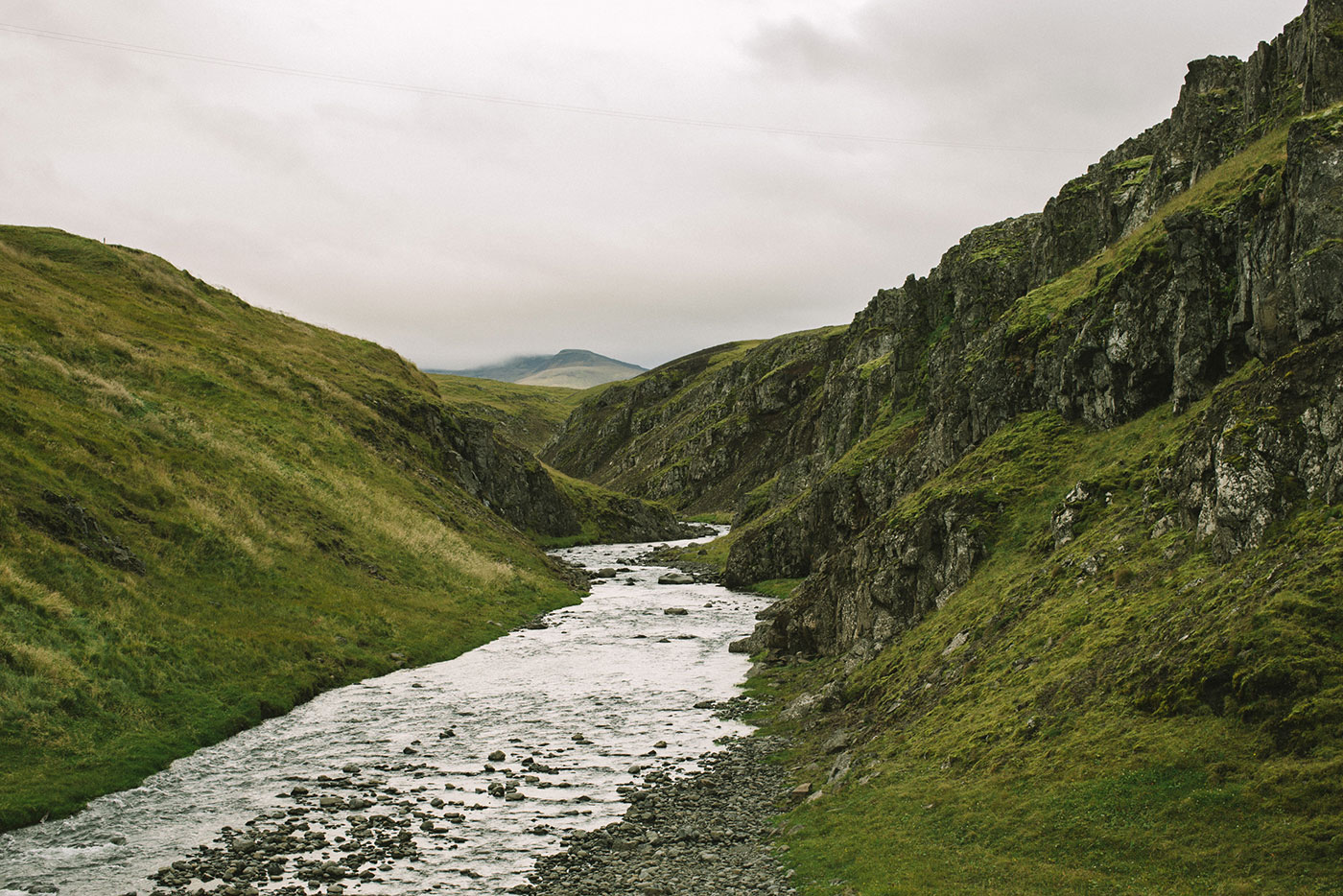
Storage
I advocate for at least 1-2 empty seats in your vehicle. You can probably get away with suitcases etc in the trunk, but you also want plenty of space for quick-grab items like camera gear, rain jackets, hiking boots, food, etc. This type of miscellany needs space to float freely in the car and allow for quick access.
Car Rental
We used Blue Car Rental both times and it worked great. It’s next to the airport and has good service and new cars. They also provide roadside assistance (though I don’t know the details–thankfully never needed it). The one time I got a flat tire I was able to hobble to a service shop in Vik.
Activities
There is a ton to do in Iceland. Most of your time will be spent stumbling on amazing things by accident, but do allow some time for coordinated activities. Some highlights are below (though there are plenty more).
Helicopter Tour
If you have any plans to take a helicopter tour in your life, take it in Iceland. It’s expensive, but it’s worth it.
The best company is Norduflug and the best pilot is Gisli Gislason. I recommend the Essential Iceland tour where you fly over the Golden Circle, Pinglivir National Park, the glacial regions, and land on a glacier for a picnic. It’s an incredible journey.
Weather is a huge factor so ideally leave 1-3 days window to take your trip. I suggest doing it on your last day, and leaving out of Reykjavik.
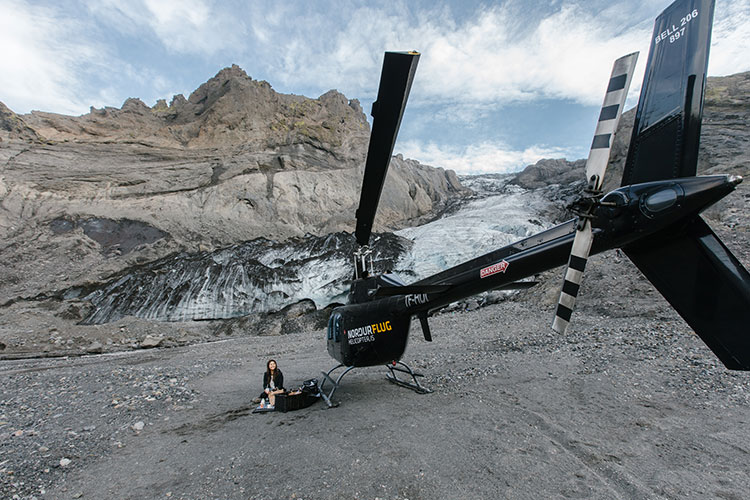
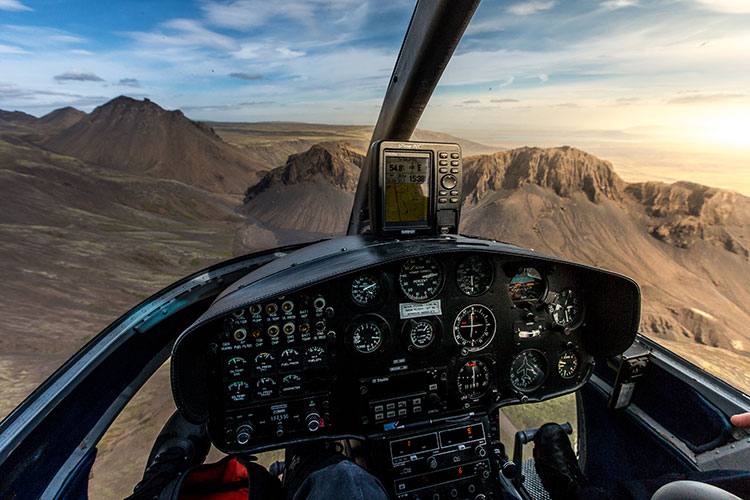
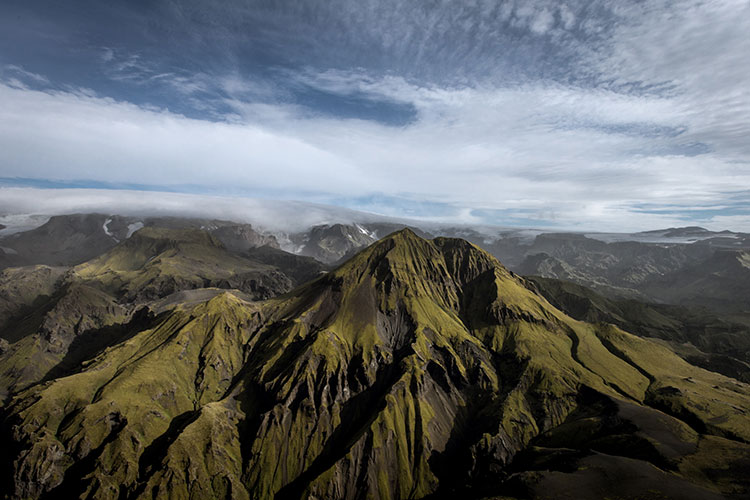
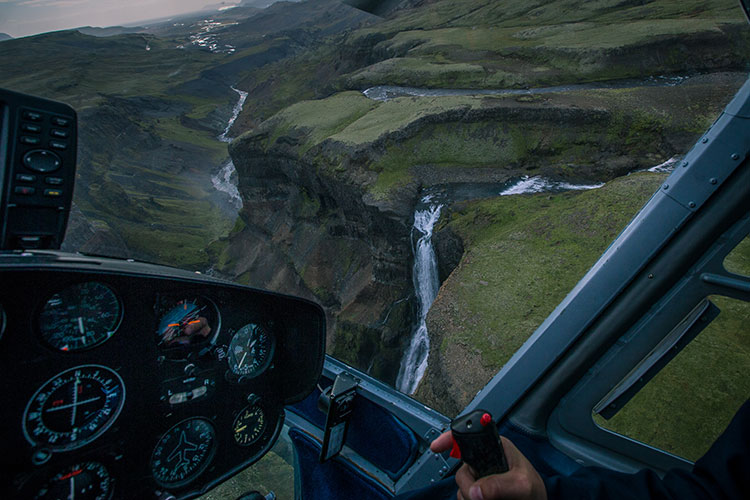
Helicopter Photos
If you want to shoot photos/video from a helicopter, here are some things to keep in mind. For photo, you’ll want to shoot at the highest shutter speed you can to reduce blur (around 1/1200 is fine), at a aperture of around f8, and adjust your ISO accordingly depending on the lighting conditions.
For video I recommend lenses with IS stabilization, a camera with autofocus, and ideally, built-in ND filters. I suggest bringing two bodies, one for photo one for video, with variance between wide/telephoto lenses.
Hiking
Every time you step out of your car in Iceland, you’re hiking. But there are a few places where a preplanned hike make a lot of sense. One such place is the glacial region of Skatfell. There are a number of interesting hikes in this area. I won’t go into too much detail, but this is a great place to start.
If you’re particularly adventurous, the hike to Hornstrandir looks to be one of the most amazing hikes in the world. I’ve never done it, but it’s on the bucket list for sure.
There are countless other activities in Iceland (plane rides, horseback riding, diving, ATVing). A lot of these depend on your personal preferences so I won’t delve into all the various options. In my experience, 30% of your trip should be dedicated to planned activities while the rest is reserved for exploration and adventures.
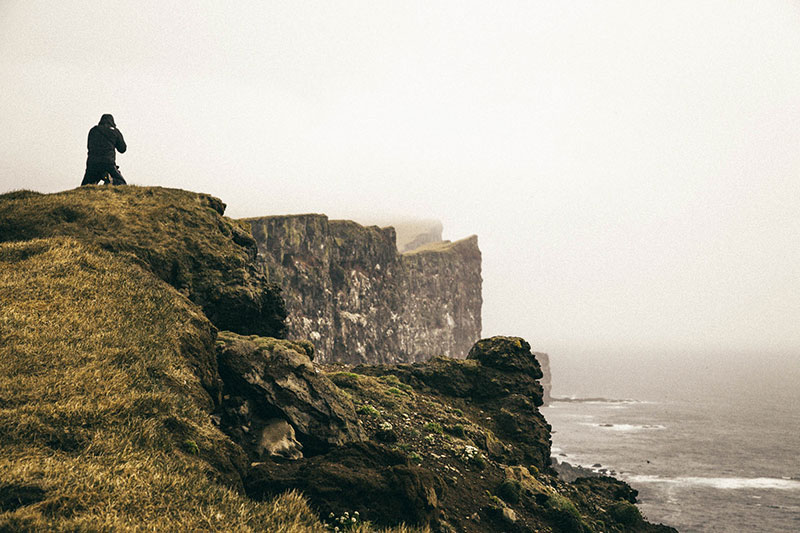
Hiking on the cliffs of the West Fjords
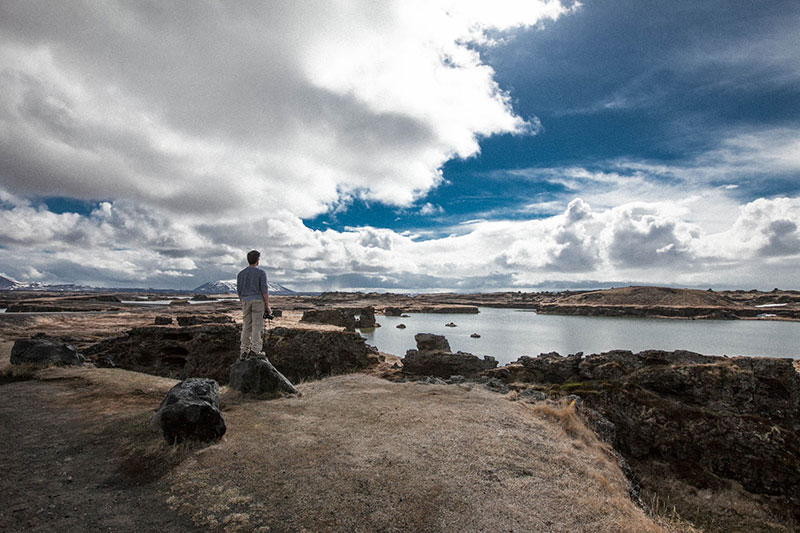
Hiking in Myvatn
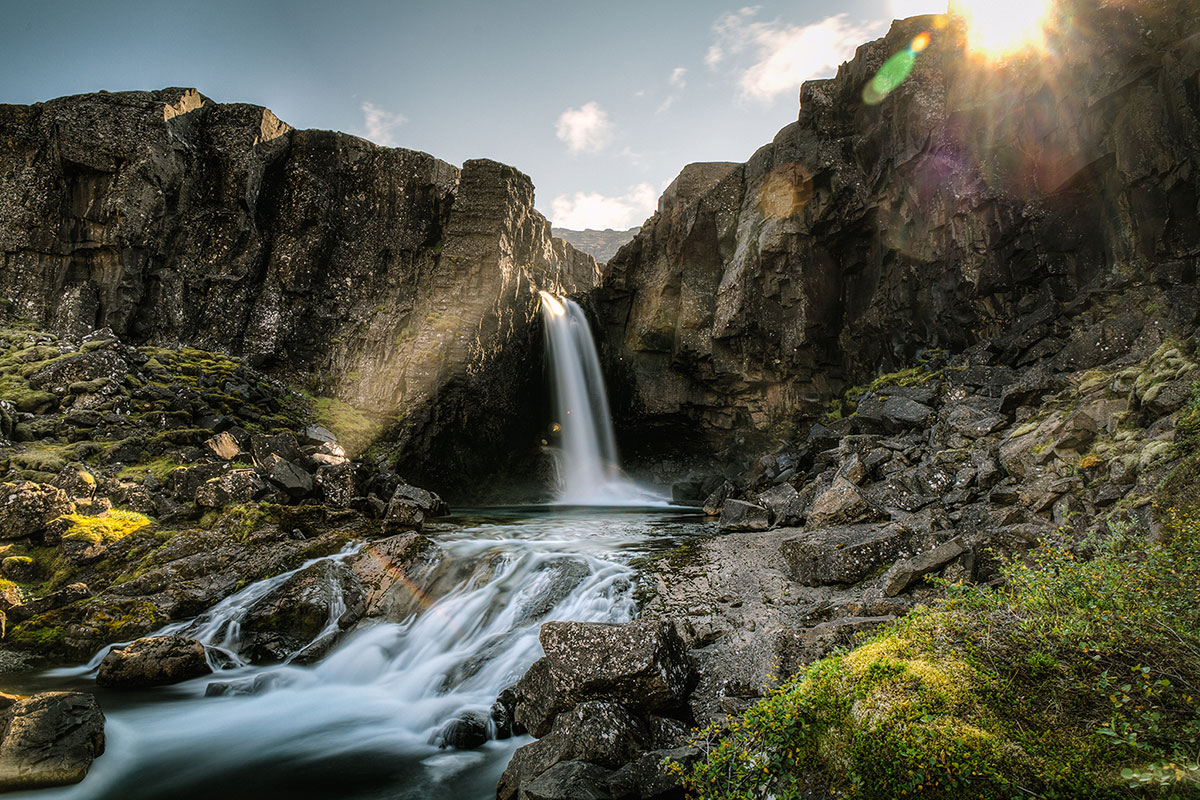
Beautiful waterfall reached by jumping out of the car, and walking.
Food in Iceland
The food in Iceland is amazing. Truly, very good. So why do you often hear people lament how bad it is and that it’s “all about hot dogs”. This is true IF you restrict your food sourcing to gas stations; so yeah, no shit the food isn’t good at gas stations, just like everywhere else in the world.
If you branch out and try local restaurants, cafes and hotel eateries, then it’s very good. I get it, gas stations are cheaper; just don’t judge the cuisine of a country based on rest stop food.
One thing to keep in mind is, you will not find food spaced evenly along your route. It’s entirely possible to drive for hours without finding a single piece of food. Keep this in mind when planning you day.
Hotel Restaurants
This is probably the most reliable place to find 1) food, period, and 2) good food. In most of the towns there is at least one hotel. Usually this hotel has one place to eat, open at the normal times. Try and coordinate when you pass through such a town, with meal times. If that isn’t possible, plan ahead and take an extra meal to go in the morning.
Grocery Stores
You’ll find varying sizes of Icelandic grocery stores depending where you are. Grocery store size and quality is typically correlated with proximity to Reykjavik and Akueryi. They’re usually closer to what Americans know as gas station travel marts: more like a rest stop mart than a full-blown Whole Foods.
Gas Stations
As mentioned, a cheap way to eat in Iceland is to buy meals at gas stations. Hotdogs are popular items in this case, and they are actually quite good. Try it, why not, but please don’t base your food intake on them unless you absolutely must. Again, anyone who tells you the food in Iceland is bad, was aggressively optimizing for cost, not food quality.

The tips in the last section should get you pretty far on your Icelandic journey. No matter how you decide to traverse the island, you’ll see some incredible things and have joyful, reckless adventures.
This next section is all about specifics. In it, I will outline a perfect 8-10 day journey around the entire Ring Road. I will do my best to list all the sights you can see along the way. Consider it a strong initial outline! You will still need to do some homework to line it up with your own preferences.
Hey maybe before you continue, follow me on Twitter real quick.
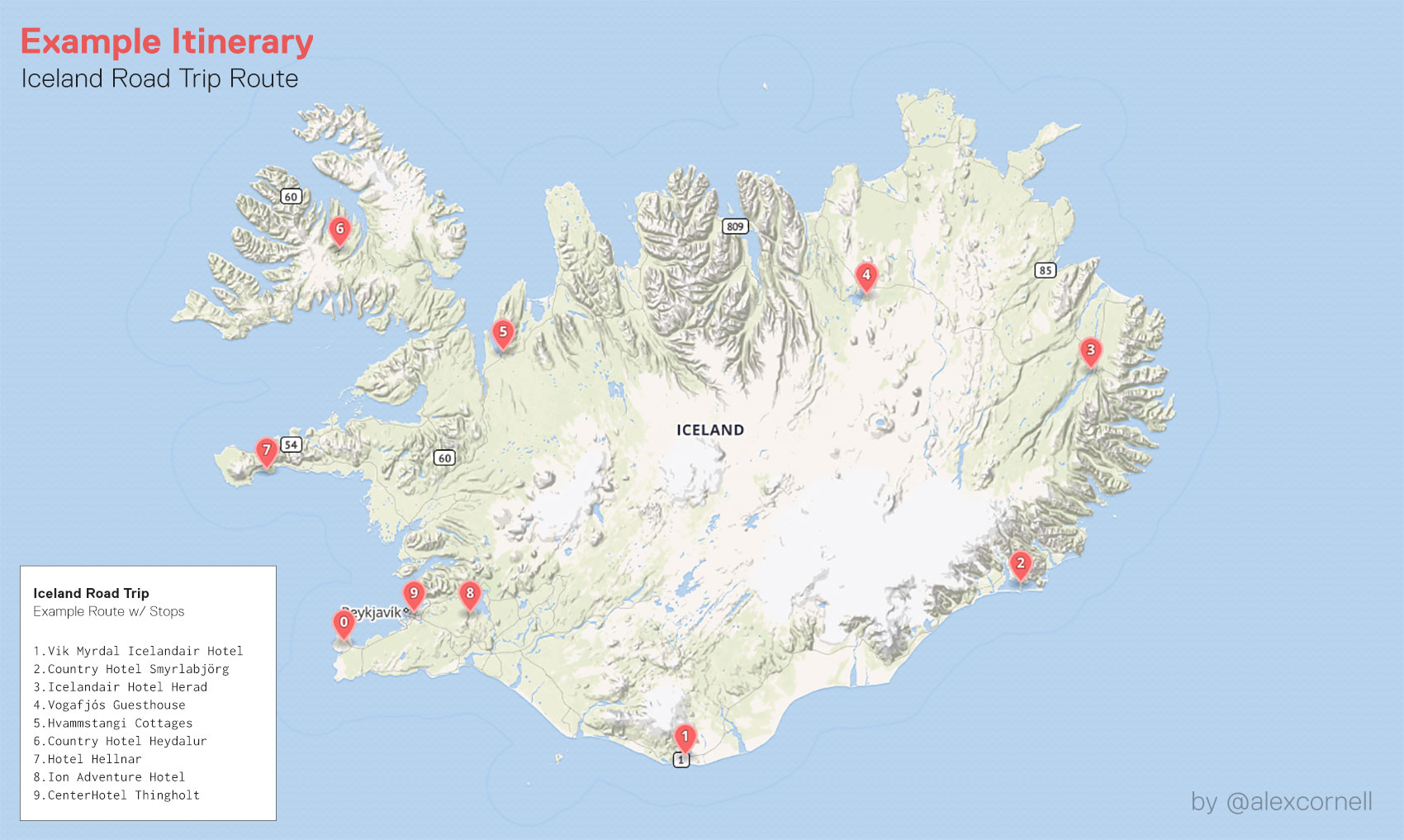
Day 1: Keflavík→Vik
You will likely land early in the morning; it’s best to start driving right away. You will eventually end up in Vik for the night; the drive from KEF is only about 3 hours, but there are some terrific stops along the way. It’s a great route to get acclimated to Iceland and the pace of things.
Stay the night: Icelandair Hotel Vik
Lunch Recommendation: Eldstó Art Cafe
*Note, avoid the Blue Lagoon until the very end, it’s better as a final stop. It’s too crowded and touristy to be your first Icelandic experience.
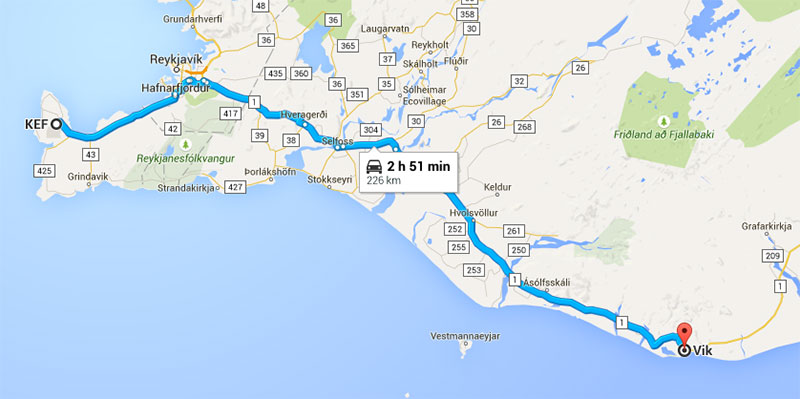
Sights
The drive along the southern coast is one of my absolute favorites. Some of Iceland’s most iconic sights are just off the Ring Road. There is also great opportunity for serious adventures.
- Skogafoss Waterfall
- Seljalandsfoss Waterfall
- Sólheimasandur Plane Crash
- Black Beach
- Reynishverfi Rocks
- Dyrhólaey Arch
- Seljavallalaug Pool
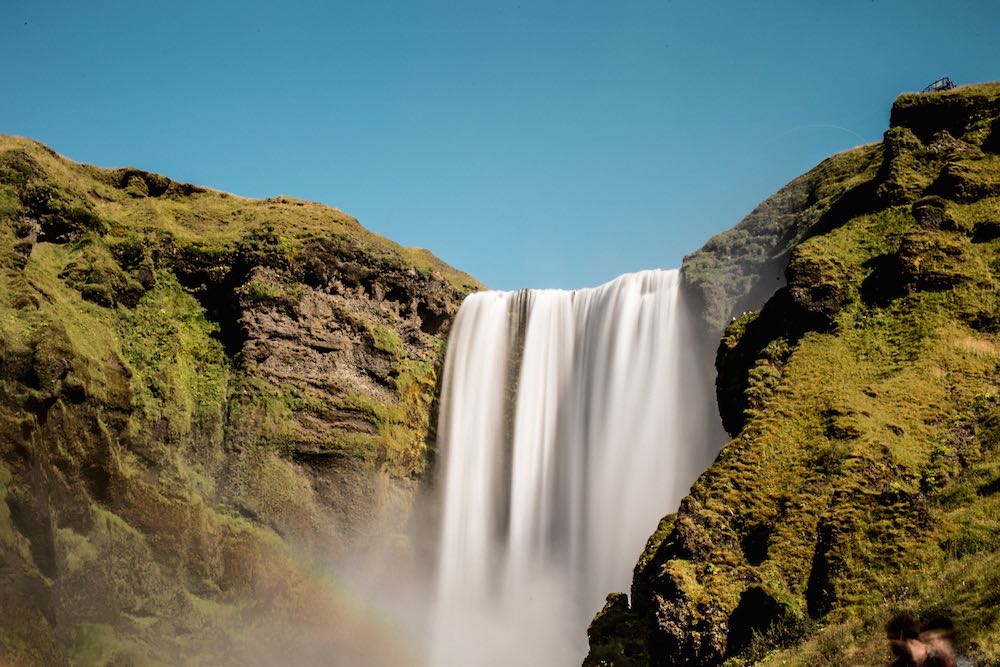
Skogafoss
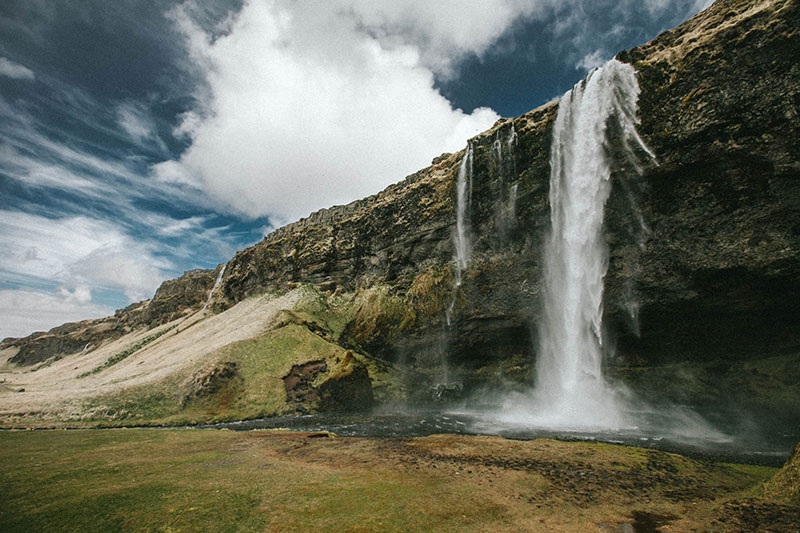
Seljalandsfoss
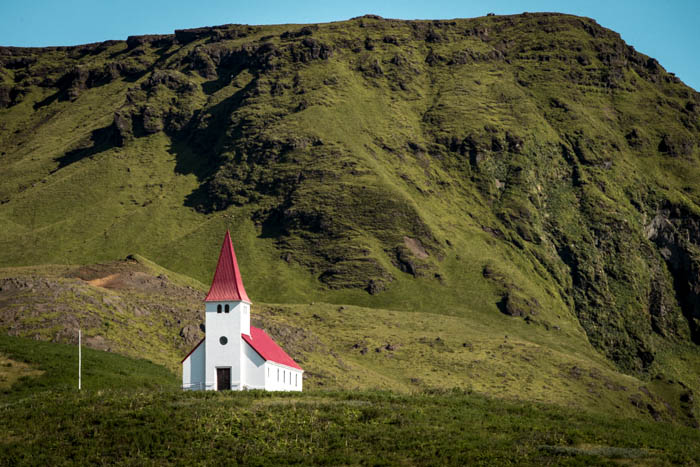
Church overlooking Vik

Reynishverfi
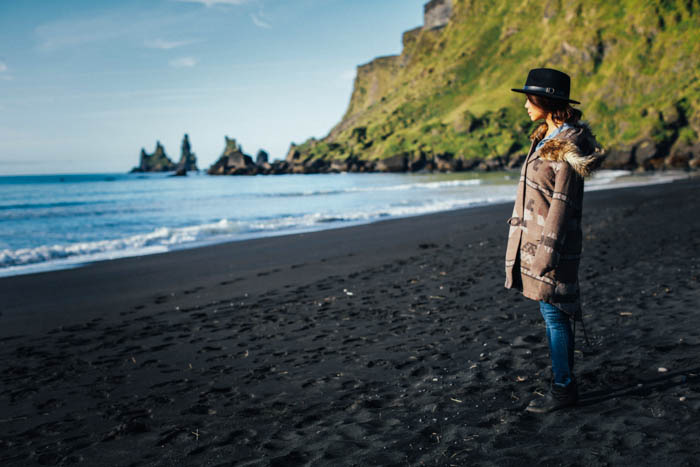
Black Beach near Vik
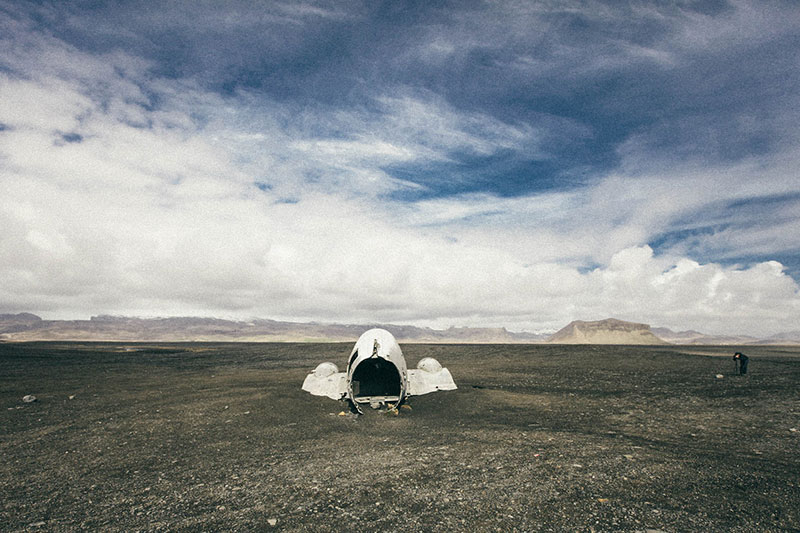
Sólheimasandur
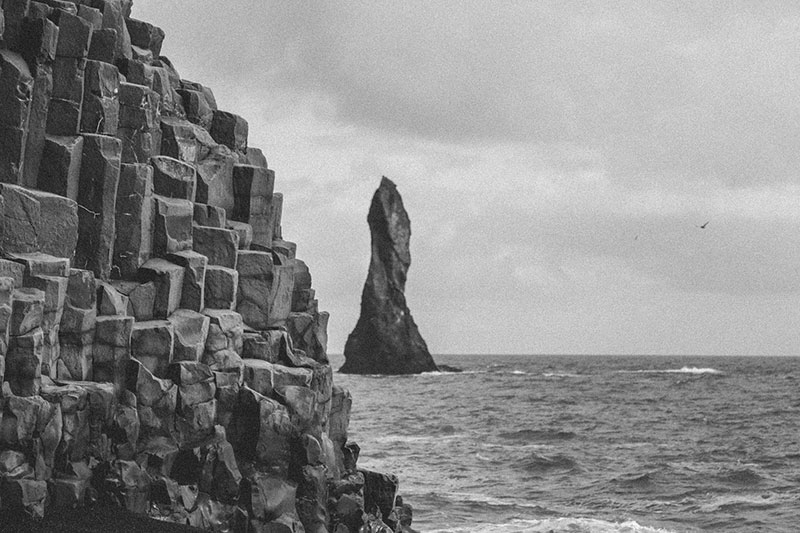
Reynishverfi
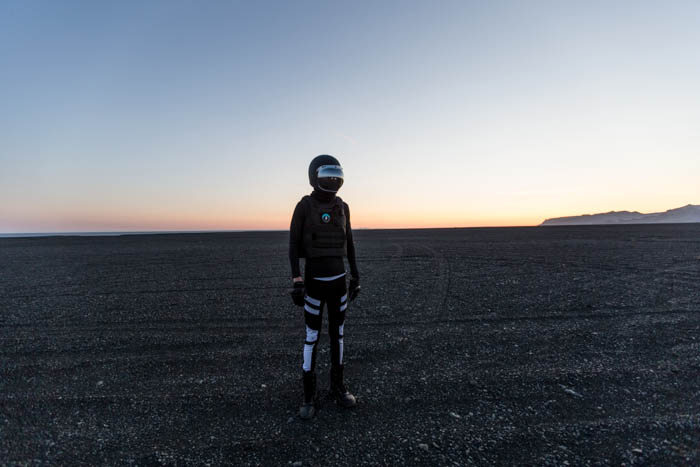
Off road, on the way to Vik
Day 2: Vik→Hofn
The drive up to Hofn is about the same length as Day 1, three hours total. This leaves you plenty of time to explore and go on at least one longer adventure. This part of Iceland is still relatively tourist-heavy, as you’re still within striking distance of Reykjavik.
Stay the Night: Country Hotel Smyrlabjörg or Hotel Hofn
I prefer Smyrlabjörg because it’s got a quainter vibe. Hofn is a good place to resupply (it’s a harbor town), but if you’re deciding between the two spots, my vote is Smyrlabjörg.
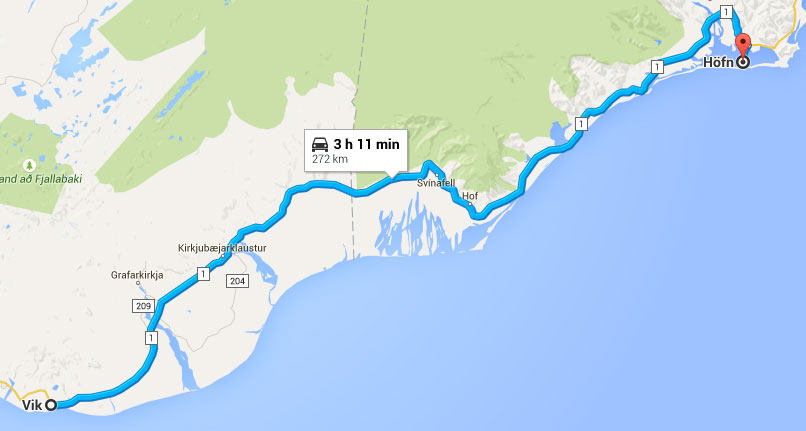
Sights
There is a ton to do on the way to Hofn. Some of the best day activities are along this route, so plan accordingly. There is terrific hiking in Skaftafell; there are also a number of more extreme options available if you want to try something different. You won’t need more than an hour at places like Jokulsarlon orFjaðrárgljúfur — consider those spots really amazing, but quick photo ops.
-
Fjaðrárgljúfur Canyon
-
Mossy Lava Rocks
-
Jokulsarlon Lagoon
-
Skaftafell National Park
-
Svartifoss Waterfall
-
Landmannalaugar
- Ice Caves
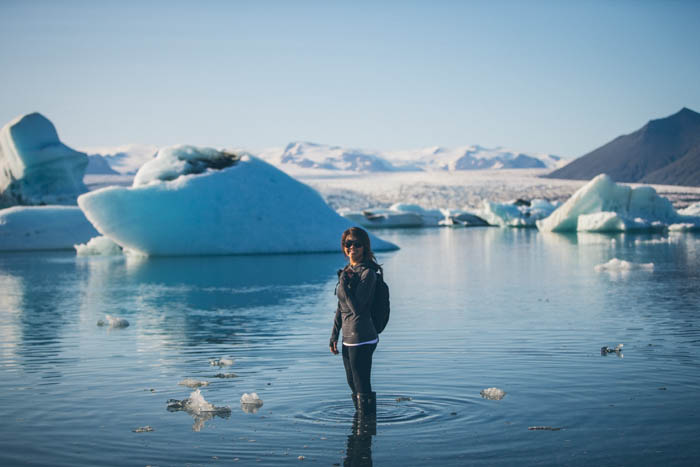
Jokulsarlon
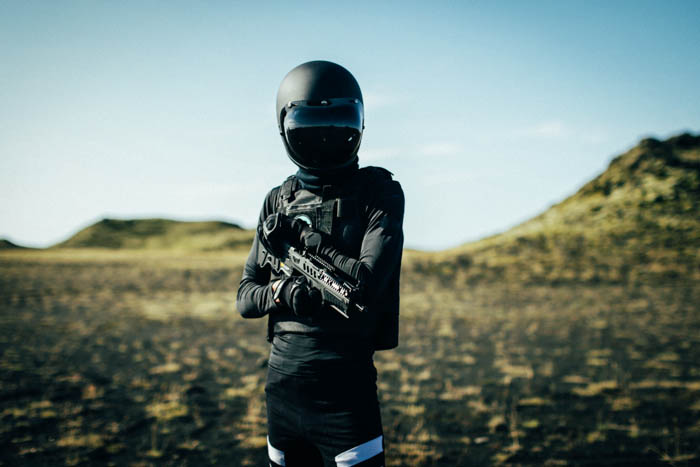
Mossy Lava Rocks
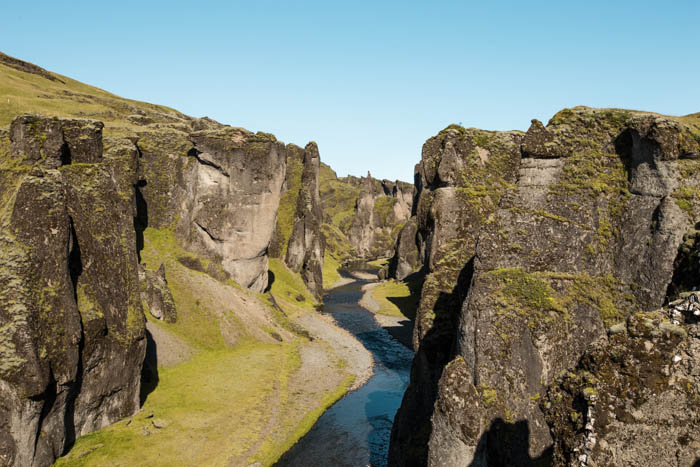
Fjaðrárgljúfur
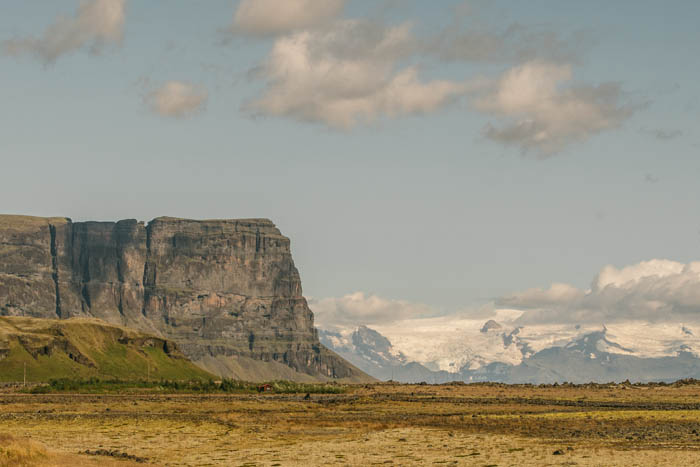
Driving
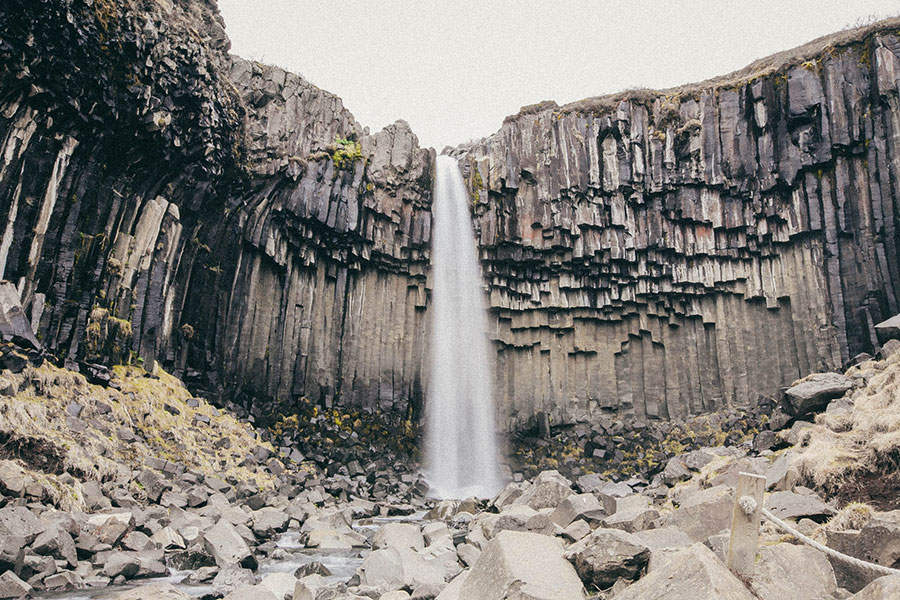
Svartifoss
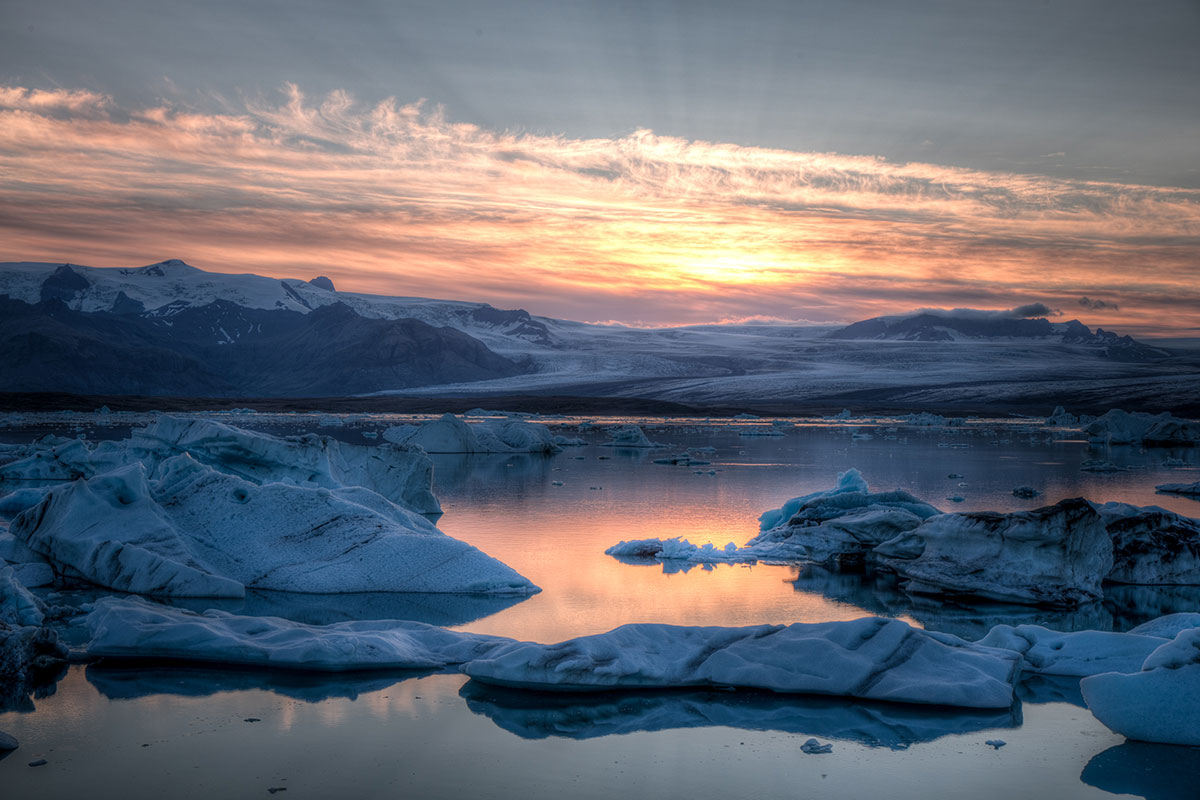
Jokulsarlon
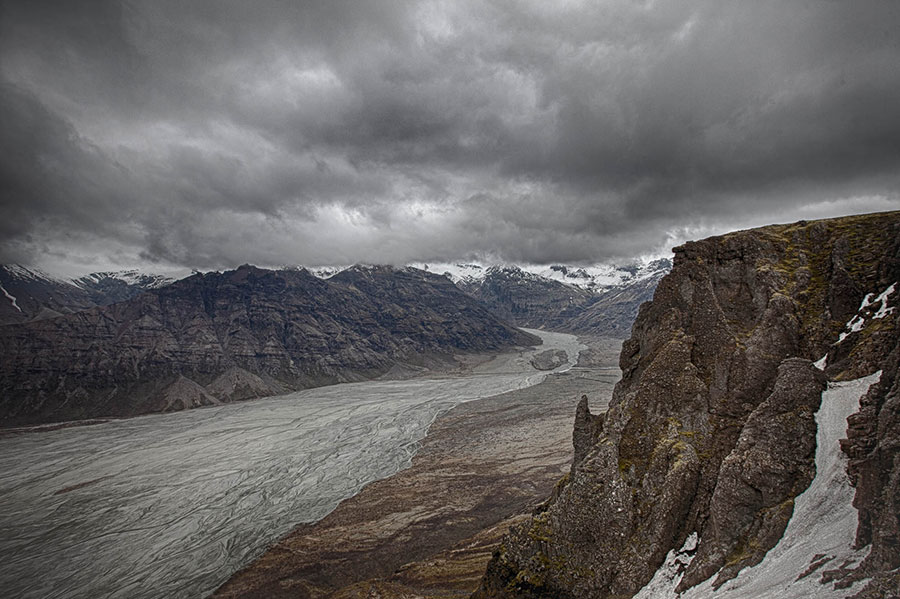
Hiking in Skaftafell National Park
Day 3: Hofn→Egilsstaðir
On this day, it’s possible to drive all the way to the Lake Myvatn region if you want. That would take about six hours and you risk shortchanging some of the great stops along the way. It depends how much time you plan to stay in Myvatn — if you’d like two nights there, then it’s probably best to mash it from Hofn straight to Myvatn in one day. If you prefer a more leisurely pace, you can stop in Egilsstaoir for one night, which opens up some interesting detours.
Stay the night: Hotel Icelandair
Eat Lunch: Djúpivogur
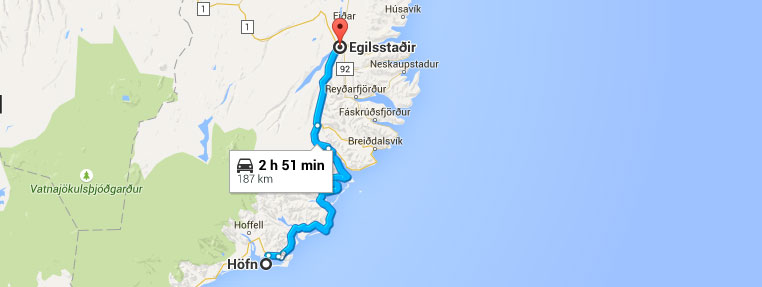
Sights
The route along the southeastern coast, through the East Fjords, is probably one of the most underrated parts of Iceland. The West Fjords get all the attention; I would say the East Fjords have just as good vistas, better, more consistent weather, and solid roads throughout. There are numerous opportunities to take a longer route along the coast, off the Ring Road; deviate onto these according to your whim.
- Town of Seydisfjordur
- Dyrfjoll
- Laekjavik coast
- Djúpivogur
- Random coastal views

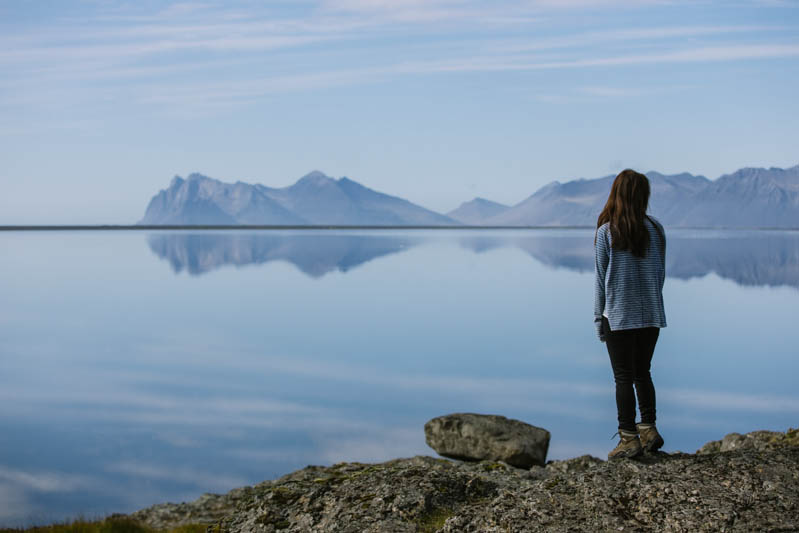
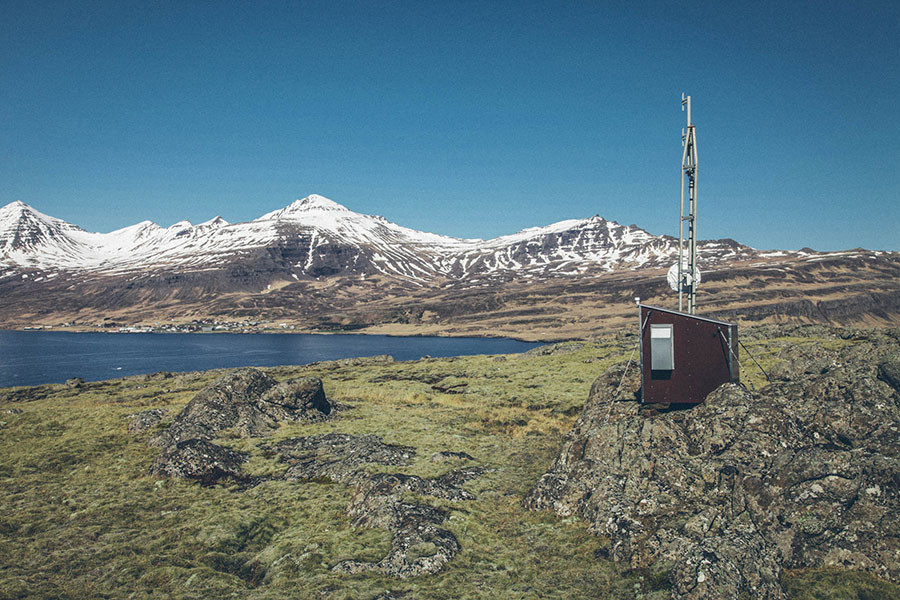
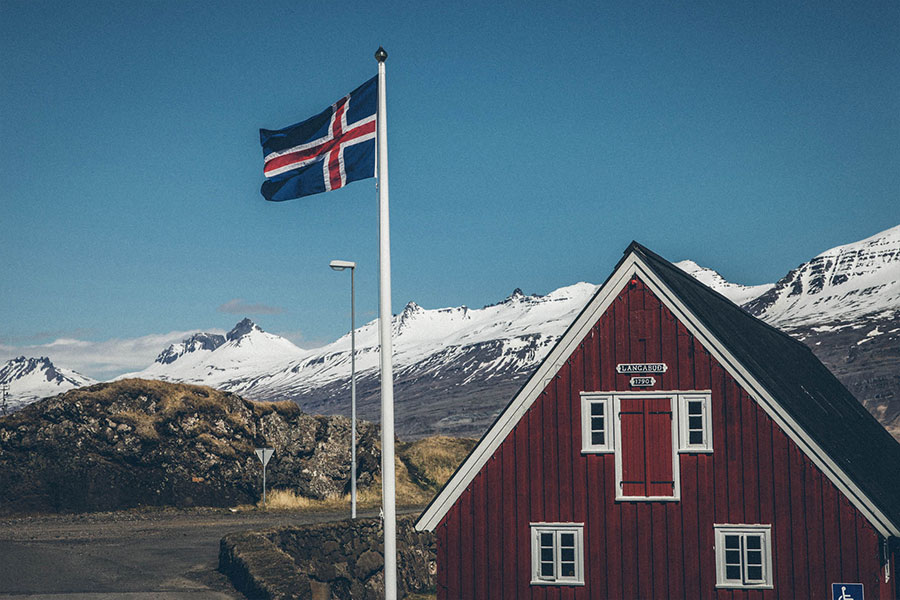
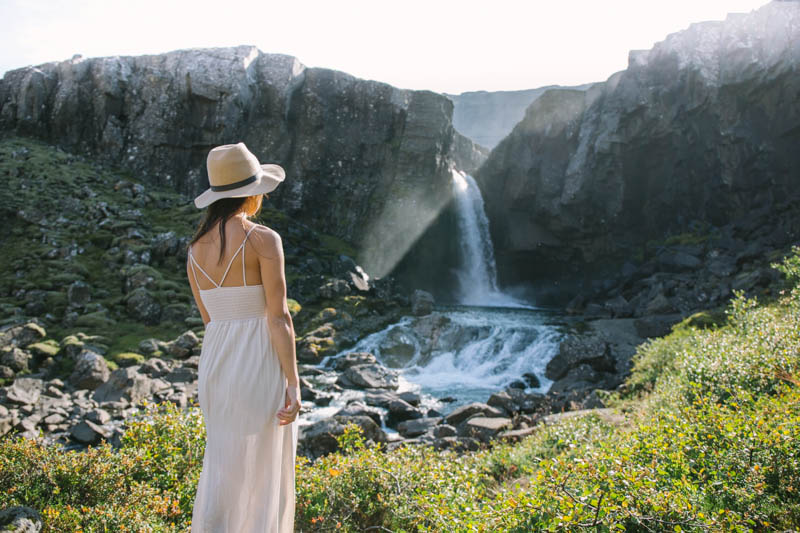
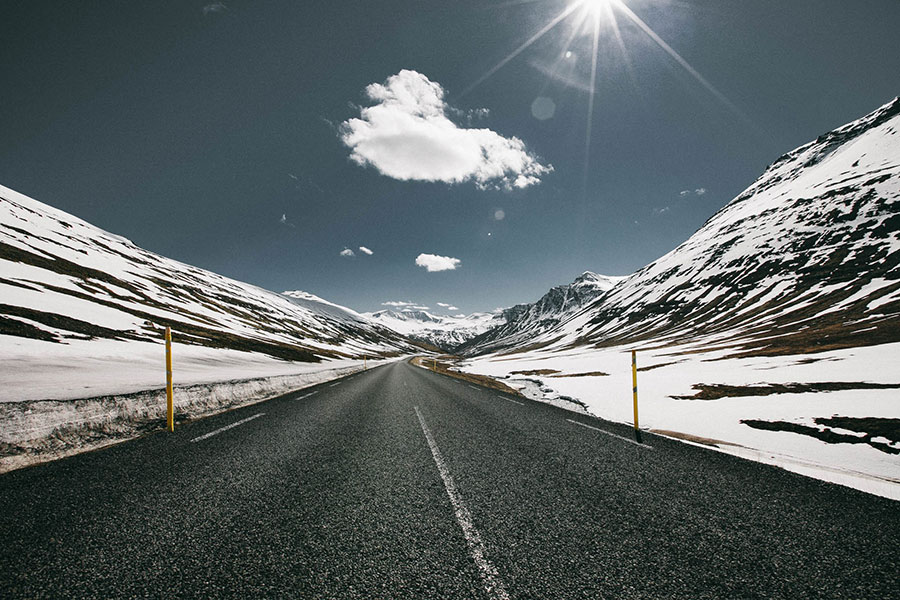
Day 4: Egilsstaoir→Myvatn
Getting to Myvatn, especially if you stayed the night in Egilsstaoir, is a quick drive. It’s about two hours from Egilsstaoir. This gives you plenty of time to explore the region.
Stay the Night: Vogafjós Guesthouse
This is my favorite place to stay in Iceland. It’s basically a little farm. The food is amazing and the vibe is aggressively pleasant. Bucolic, serene, perfect.
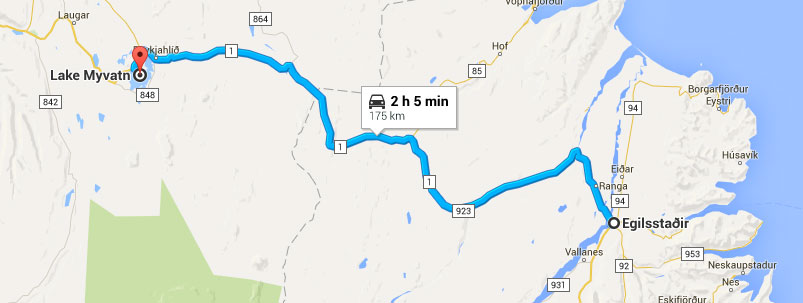
Sights
The Lake Myvatn region is one of the most interesting and unusual parts of Iceland. Extreme geothermal activity makes it look as though the Earth is slowly trying to turn itself inside-out. Make sure to copiously explore this region as it holds some of the most exciting surprises.
This region is also very susceptible to snow closures; if you’re visiting near the winter months, you may not be able to access places like Dettifoss (where the filmed Prometheus) or the Horse City (where they filmed Oblivion).
I highly recommend all visitors to Iceland experience this region. If you don’t have time to do the full Ring, it’s possible to fly from Reykjavik to Myvatn.
- Dettifoss Waterfall
- Lake Myvatn
- Krafla Power Station
- Viti Crater
- Myvatn Nature Baths
- Hverarönd/Namafjall Geothermal
- Hrossaborg Horse City
- Hverfjall Cone
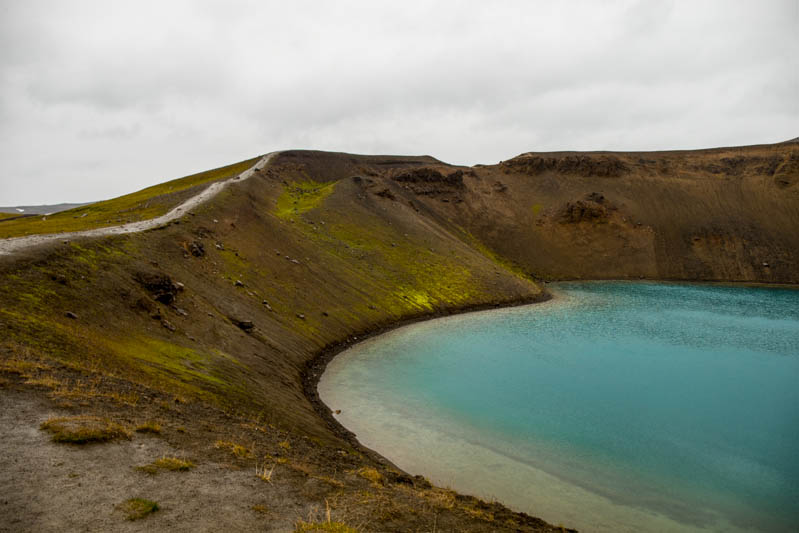
Viti Crater
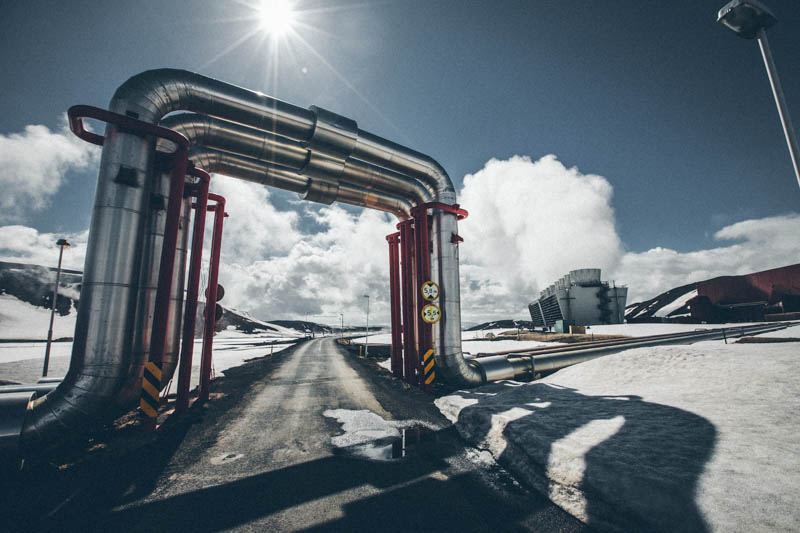
Krafla Power Station
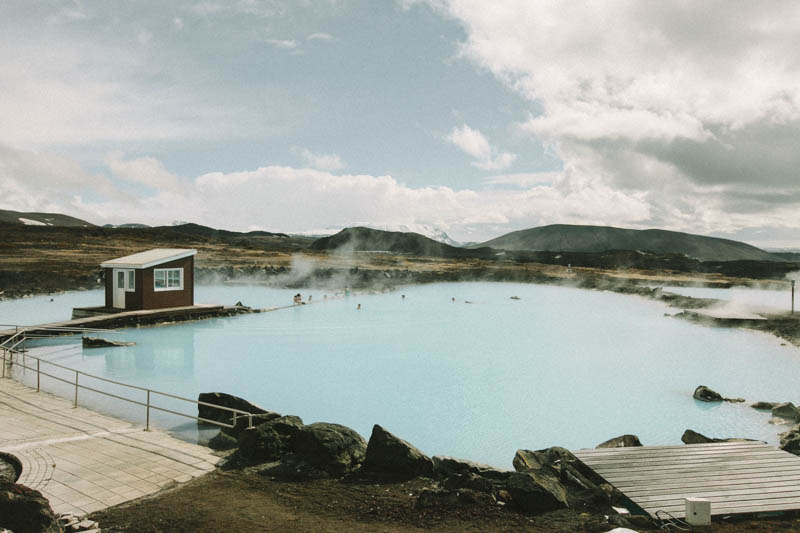
Myvatn Nature Baths
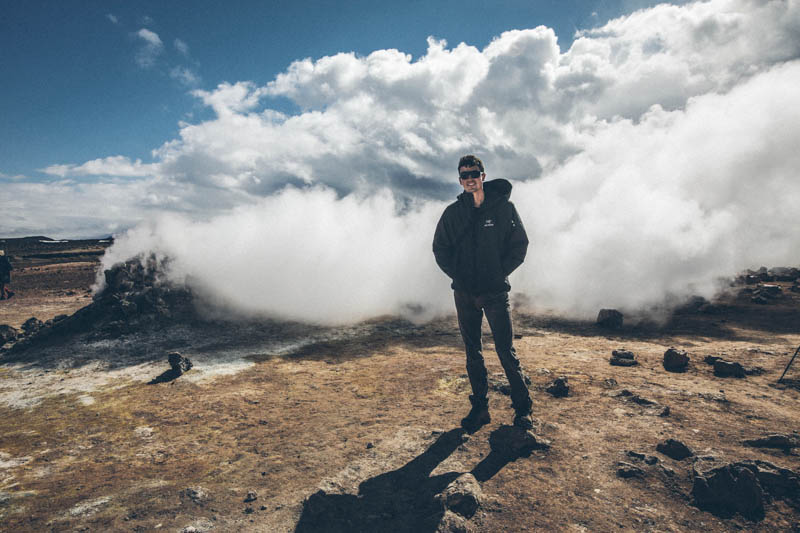
Hverarönd
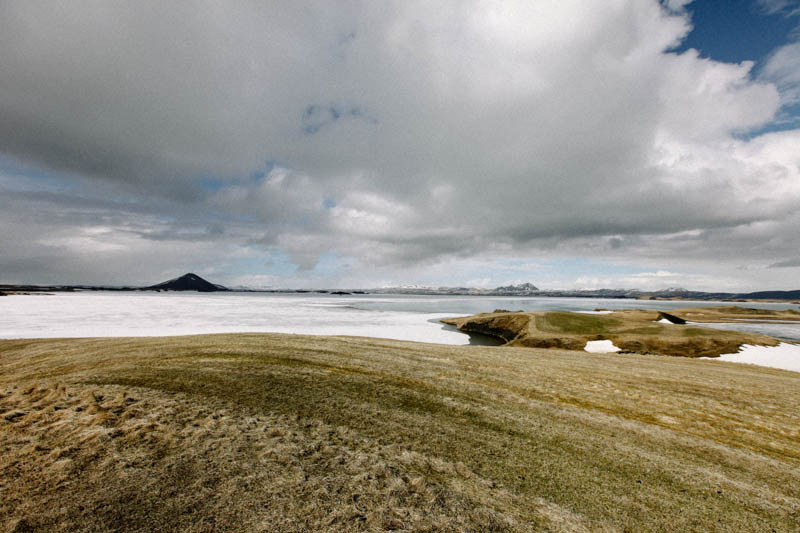
Lake Myvatn
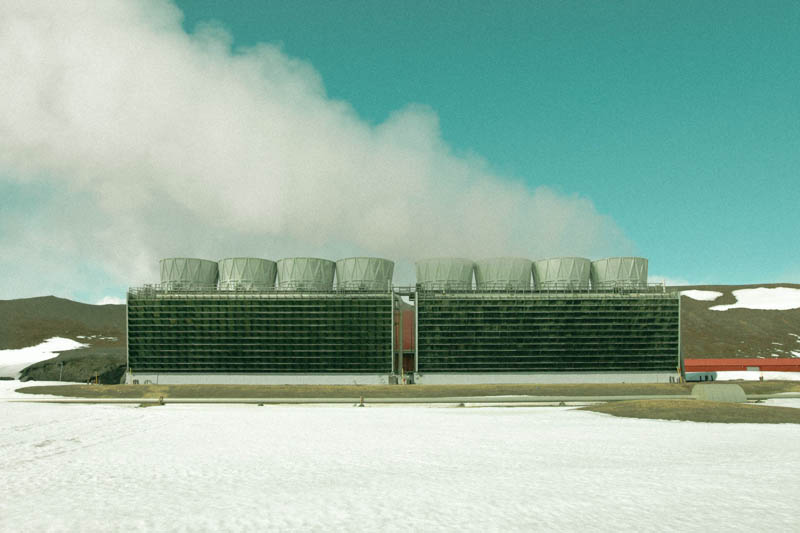
Krafla Power Station
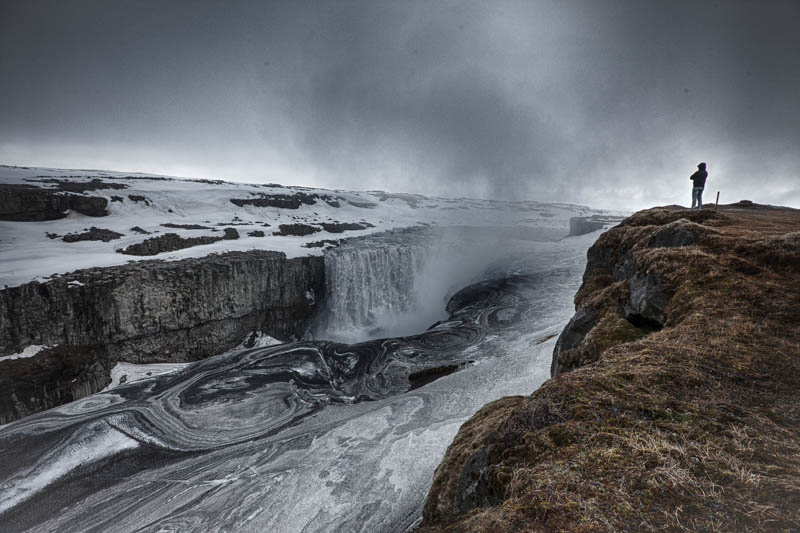
Dettifoss
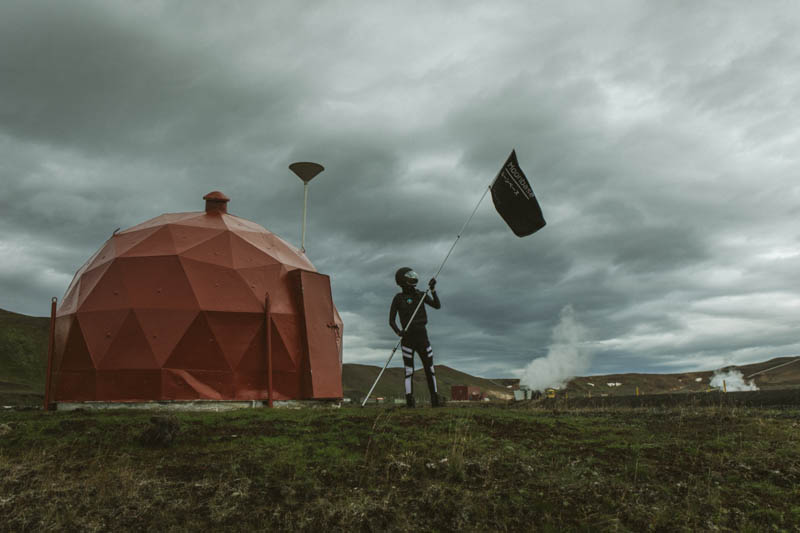
Krafla
Day 5: Myvatn→Fjords Base
On this day, you are basically crushing it all the way from North Iceland, to the edge of the West Fjords. It’s one of the longer drives you’ll have. The Fjords are their own beast, and require a night’s rest and full day to tackle. As such, you want to lay up somewhere at the base of the Fjords. The two hotels listed below are good options. You’ll also pass through Akureyri, which is Iceland’s second largest urban center. Worth a stop for food and supplies.
Stay the Night: Hvammstangi Cottages or Hotel Bjarkalundur
Both of these options have their quirks. The Cottages, my preference, are isolated little cabins with no central authority. You show up and code into your assigned unit. It’s very spacious and comfortable.
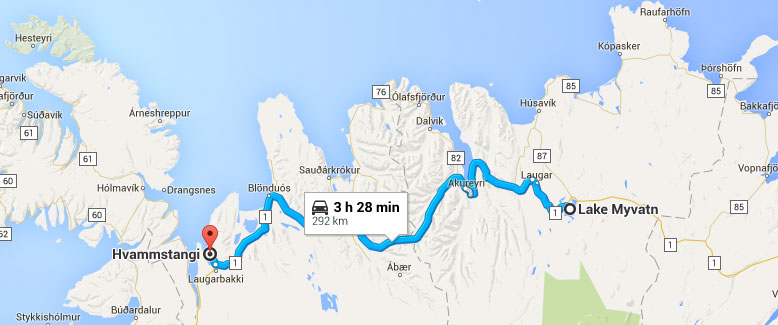
Sights
There are only a few listed sights on this route. Otherwise, it’s typical Iceland: gorgeous open roads and unexpected scenery. It’s a long drive, but be prepared to stop often as some really amazing photography is to be had along this route.
If you stay in Hvammstangi, you absolutely must have dinner at Geitafell. It’s a sketchy drive—you’ll frequently be left wondering how much farther it could possibly be—but it’s absolutely worth it. Magical little place (and one of your only options!).
- Akureyri
- Aldeyjarfoss
- Godafoss
- Geitafell Restaurant
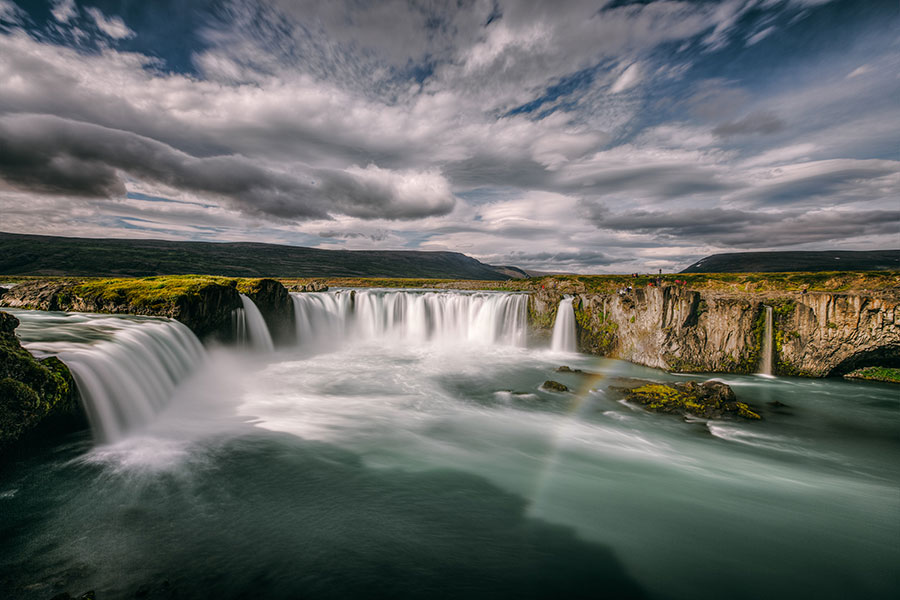
Godafoss Waterfall
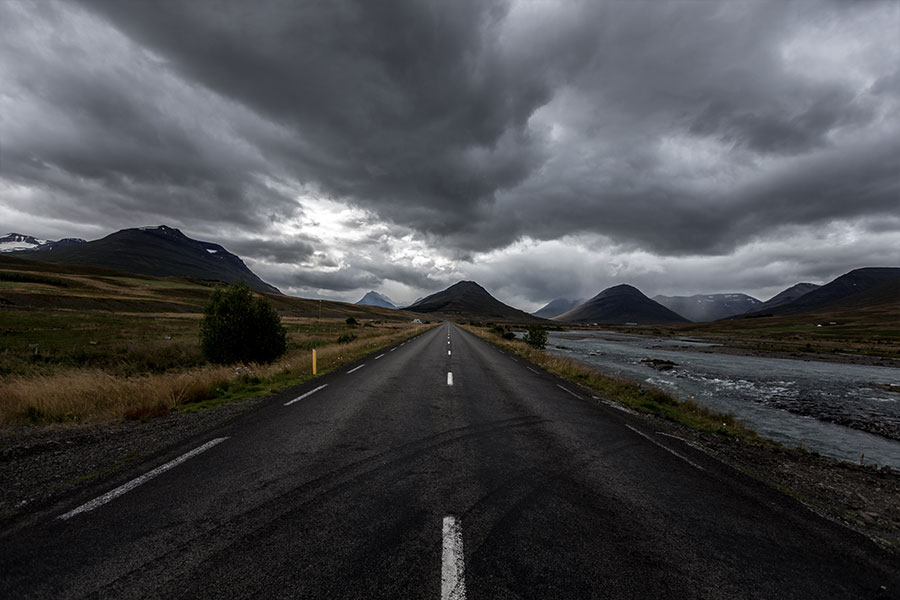
Driving North Iceland
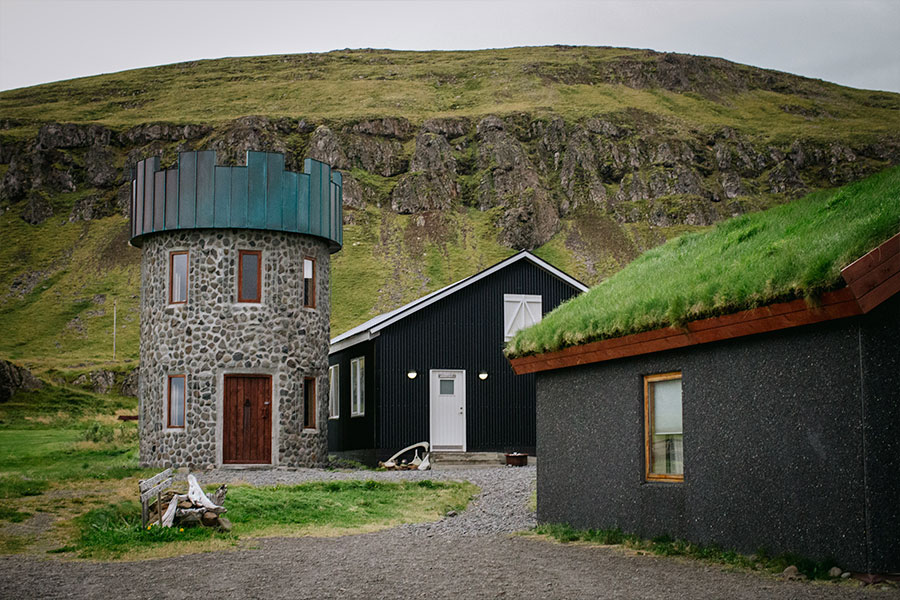
Geitafell Restaurant
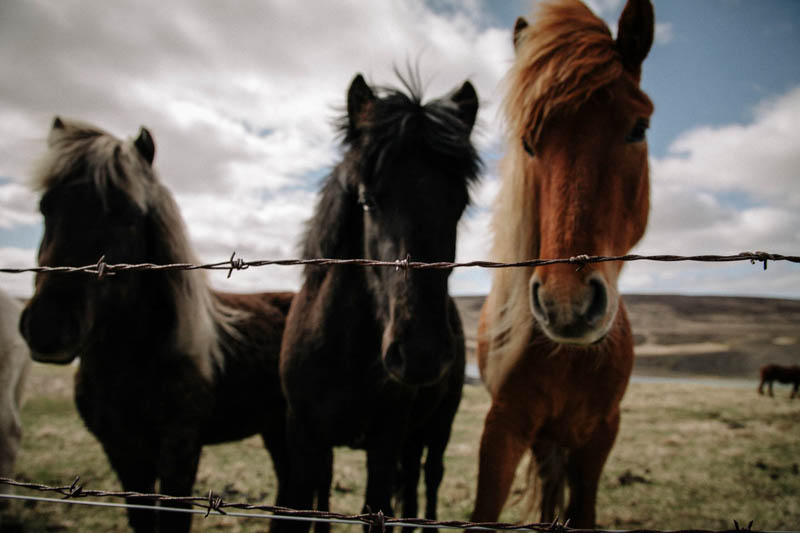
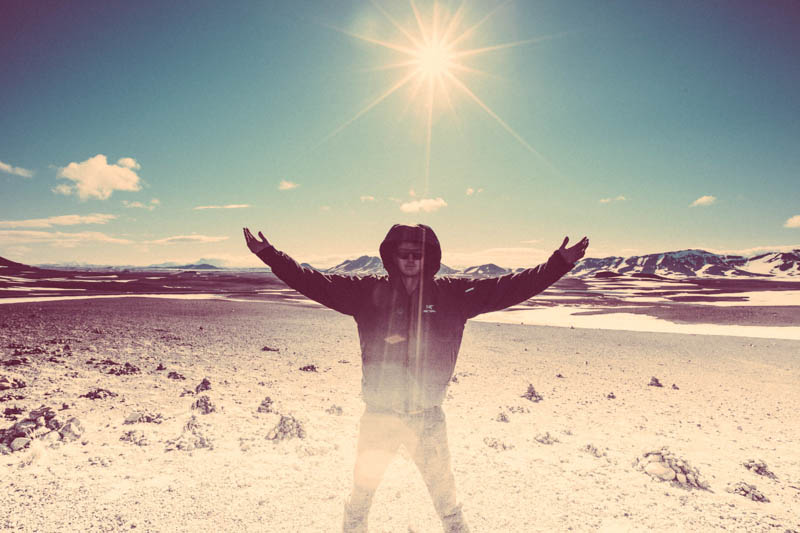
Day 6: Fjord Base→West Fjords
Where you go in the West Fjords is entirely up to you. Know that the road conditions change dramatically out there—make sure you’re measuring drive-times on you map as everything takes about 1.5x as long. Your goal should be to get as much coverage as you can; I recommend finding a hotel on the interior to allow this.
Stay the Night Option 1: Country Hotel Heydalur
This is great option for staying in the middle of the West Fjords. Getting here is a journey in its own right. The hotel is a pleasant little guesthouse, nestled tightly at the base of a river valley.
Stay the Night Option 2: Hotel Hellnar
If you’d like to see the puffin cliffs at Latrabjarg, there is another route, that involves a ferry to the Snæfellsnes Peninsula. You’ll see less of the Fjords this way, but you’ll be able to check off some pretty interesting sights along the way. It’s a long day of driving (you’ll end up at your hotel late night). Basically drive to the cliffs, and then catch the Ferry Baldur to the peninsula where you’ll stay that night.
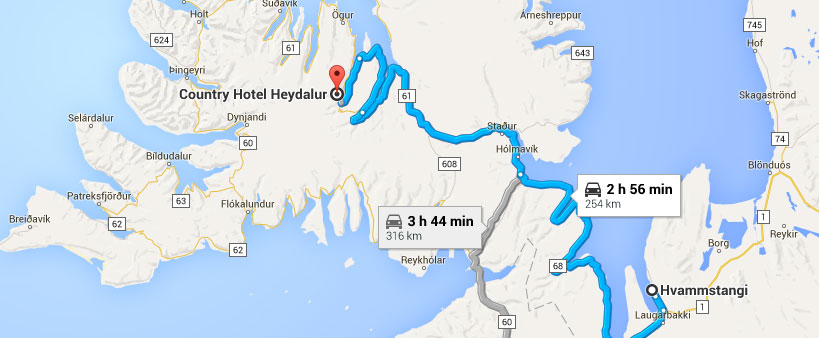
Sights
The Fjords themselves are the main attraction here. Much like Big Sur in California, it’s a beautiful drive along a very epic coast line. How much you end up seeing is very dependent on the weather. Make sure you’re monitoring the weather website before venturing too deep into the Fjords. If you’re really adventurous, look up hiking in Hornstrandir—a part of Iceland inaccessible by car (you’ll need to ferry or hike in).
- Latrabjarg Cliffs
- Hornstrandir
- Holmavik Museum of Witchcraft and Wizardry
- Gardar Ba 64 Shipwreck
- Kirkjufell Church Mountain
- Ísafjörður
- Ferry Baldur
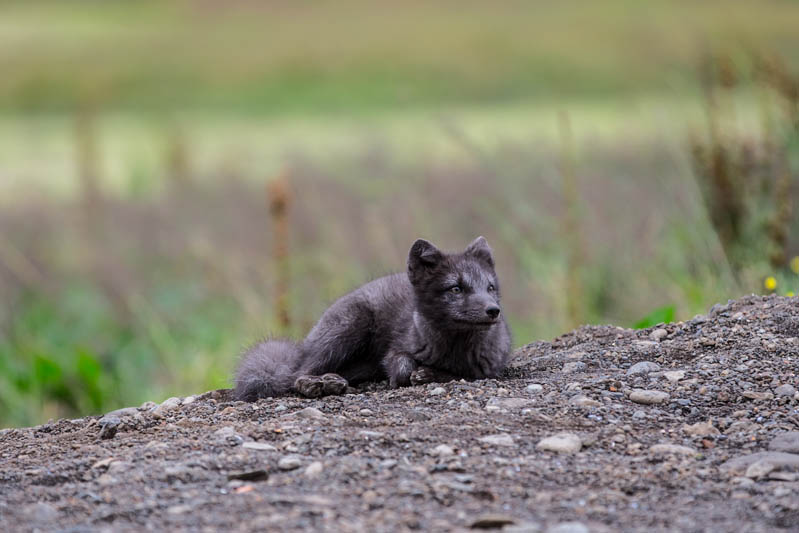
Arctic Fox
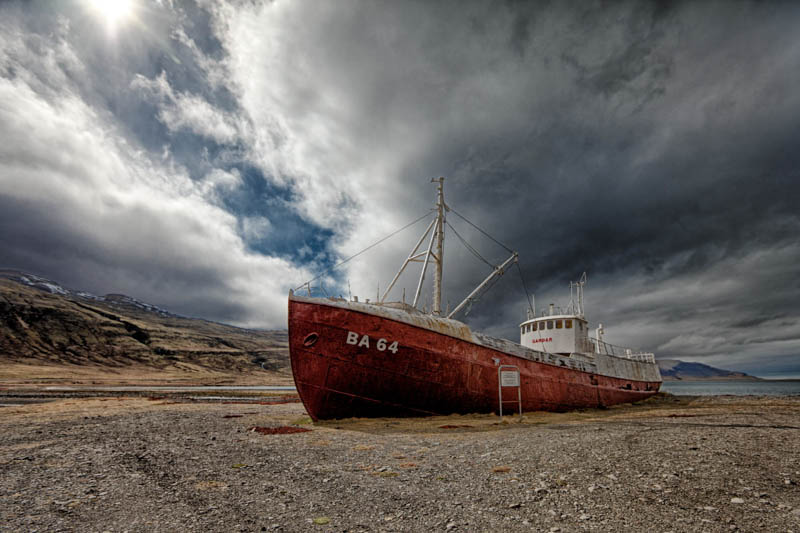
Gardar Ba 64
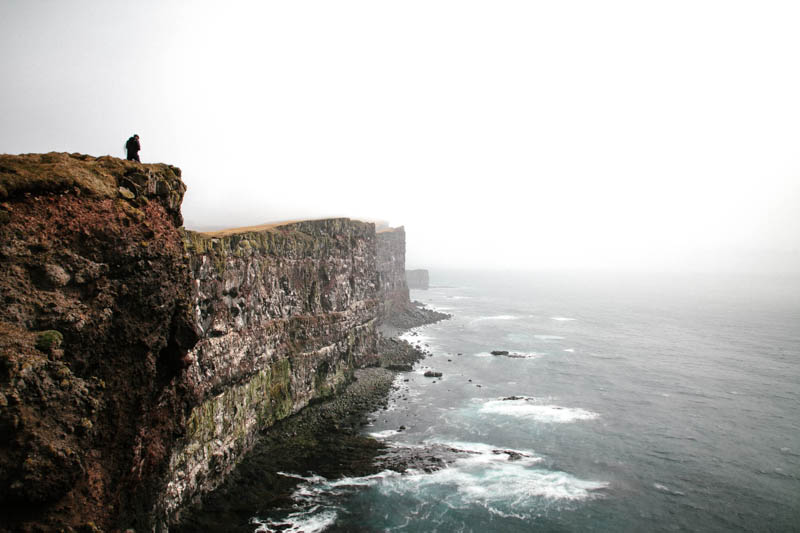
Latrabjarg
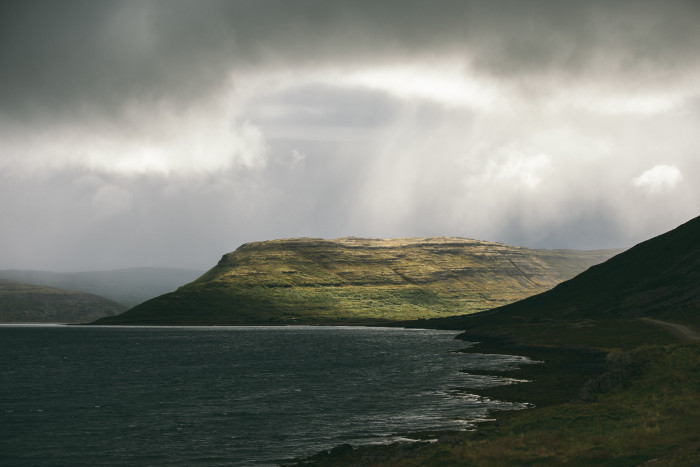
Driving Fjords
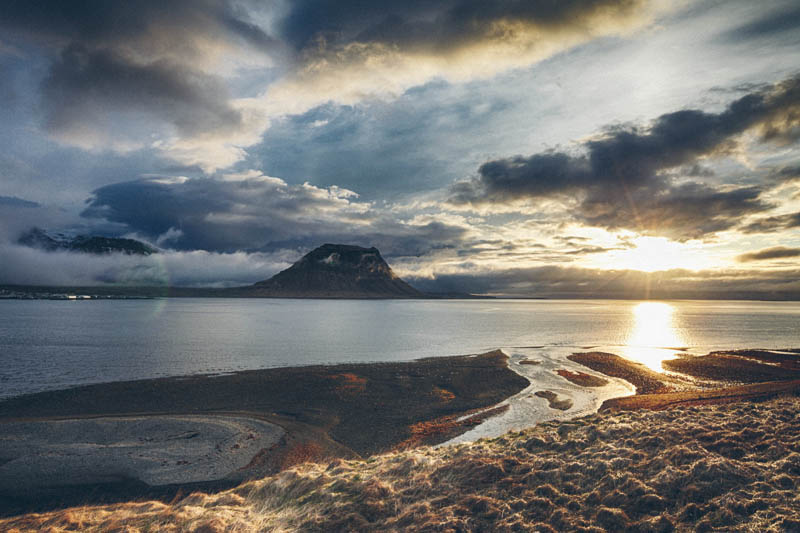
Kirkjufell
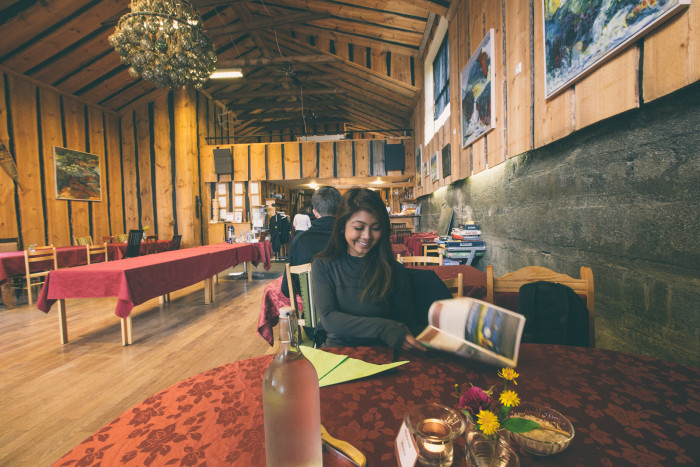
Country Hotel Heydalur
Day 7: West Fjords→Thingvellir
You’re almost home! This next drive takes you to Thingvellir National Park, which is very close to the Golden Circle attractions. Depending where you’re leaving from (Hellnar, or Heydalur), the drive is 2 or 5 hours respectively. This drive is relatively uneventful.
Stay the Night: ION Hotel
The ION Hotel is amazing—easily one of the best hotels in Iceland. Compared to everything else, it’s quite luxorious; allot some time to lounge around and take it all in. Nearby are some cool hikes that take you nearby a photogenic power plant.
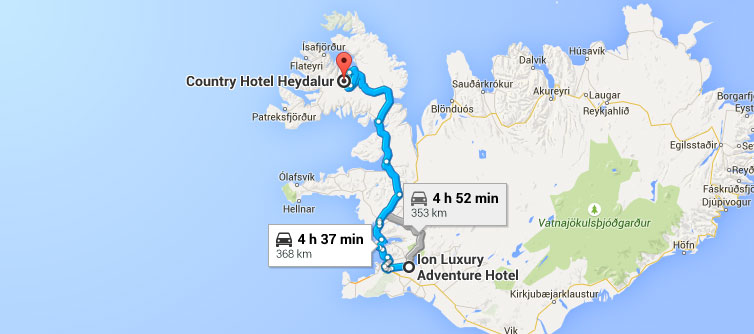
Sights
From the ION, you can reach all of the Golden Circle attractions. This is an option, but do consider skipping these on the ground, and instead taking them in by helicopter out of Reykjavik. I say this because the Golden Circle is notoriously packed with tourists, and while beautiful, by this point you may have seen your fill of waterfalls; to switch things up, it’s more interesting to see it from the air.
- Hotel ION
- Geysir
- Gullfoss
- Thingvellir
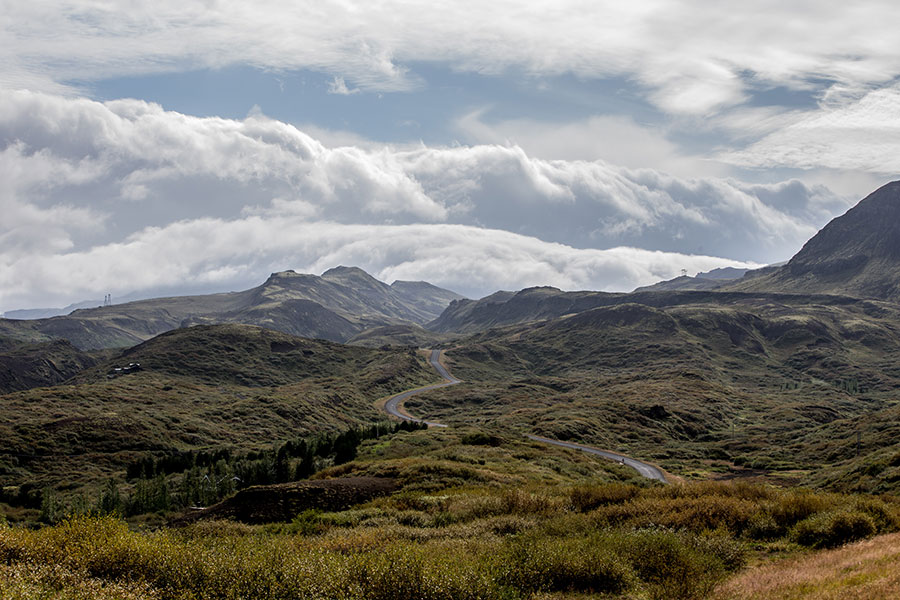
Thingvellir
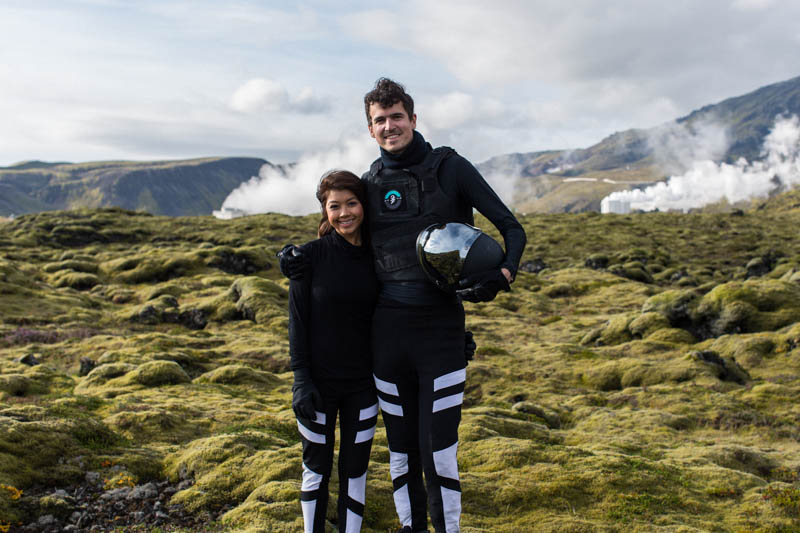
Thingvellir
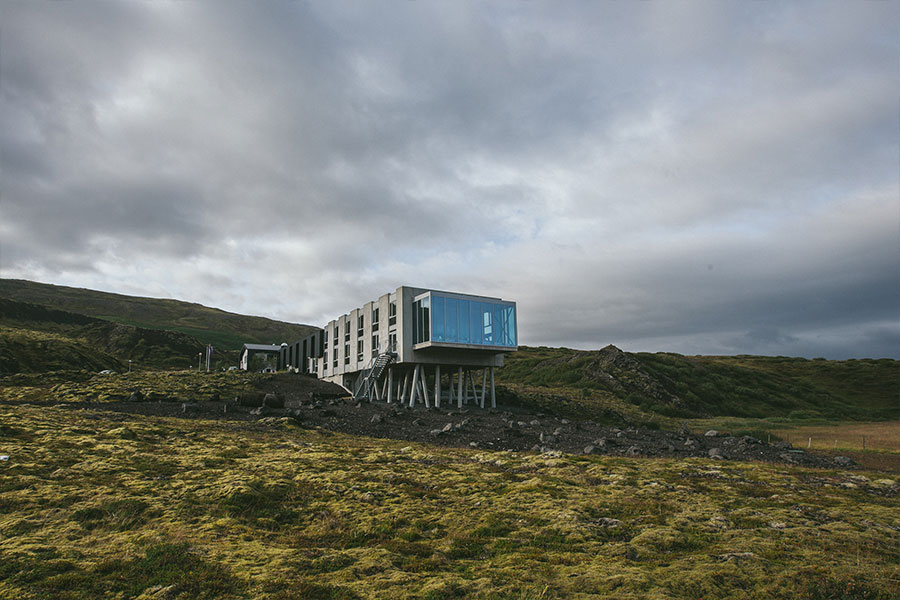
Ion Hotel
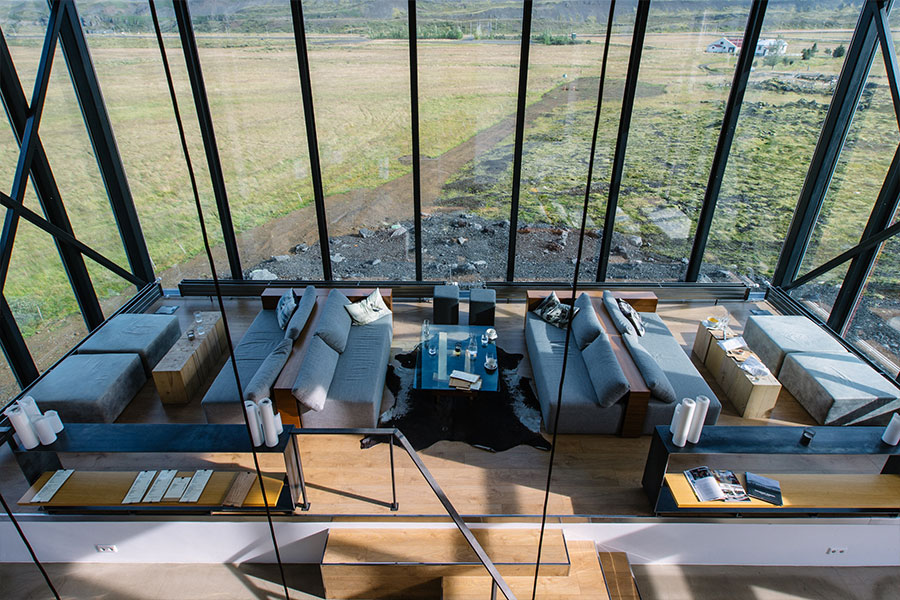
Ion Hotel
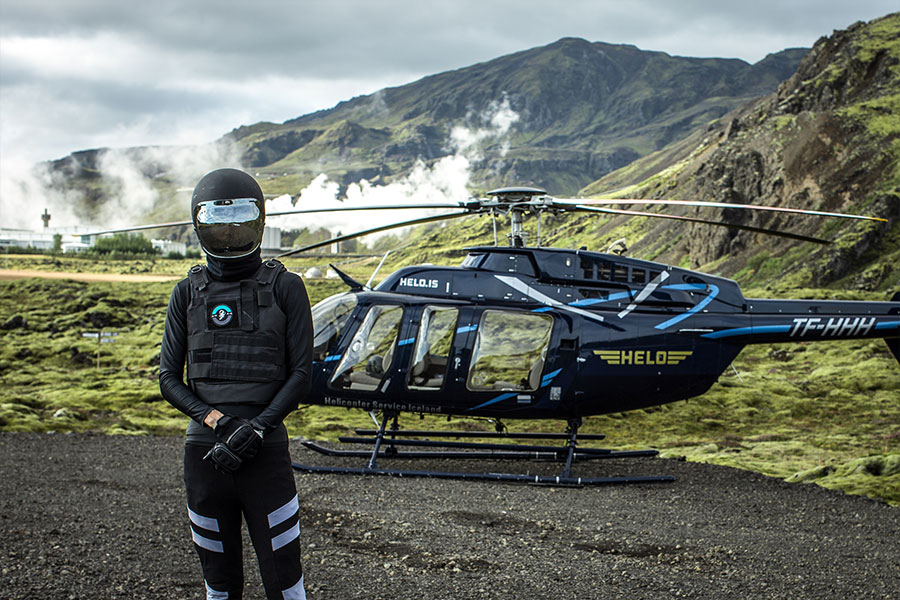
Thingvellir
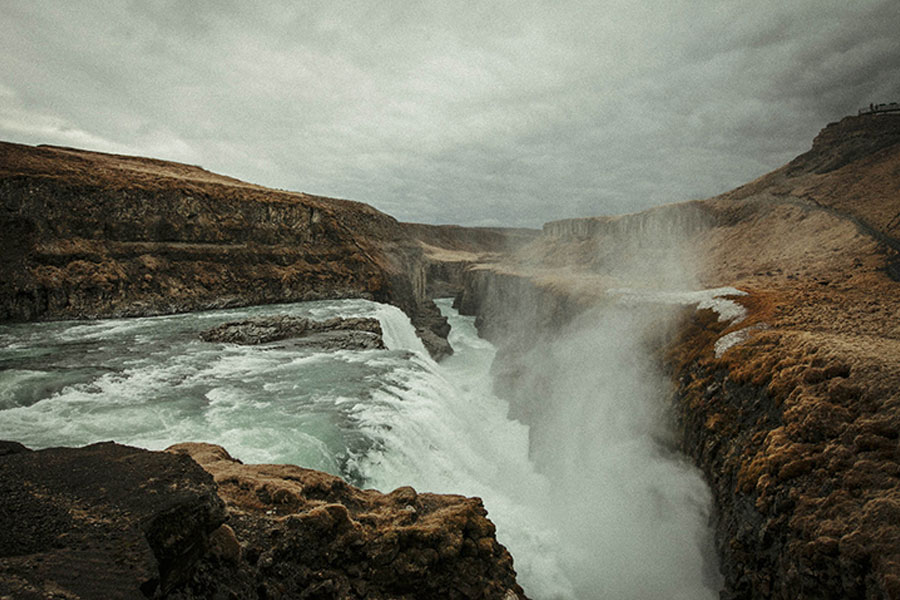
Gulfoss
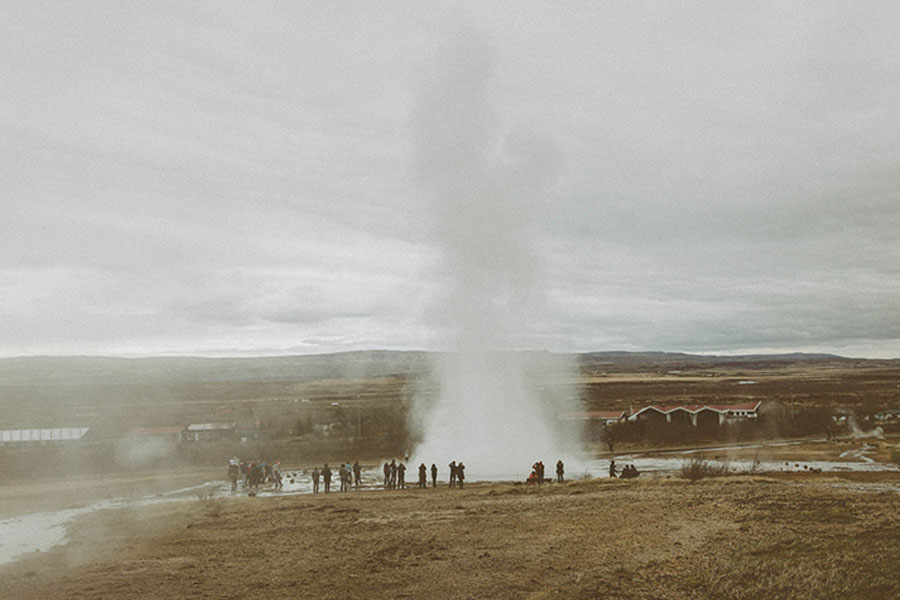
Geysir
Day 8: Thingvellir→Reykjavik
Getting to Reykjavik from the ION is very quick, no more than an hour. The drive is very straightforward, especially compared to what you’ve experienced so far.
Stay the Night: Center Hotel Thingholt
Eat Dinner: Grillmarket
Nightclubs: Dolly, Harlem, b5
The Centerhotel has a great location and has just enough creature comforts to make it a good final stop. It’s right in the mix of the nightlife (which gets started around 12). If you’re up for it, have a late dinner at Grillmarket and then bounce around to at least 4-5 bars and nightclubs.
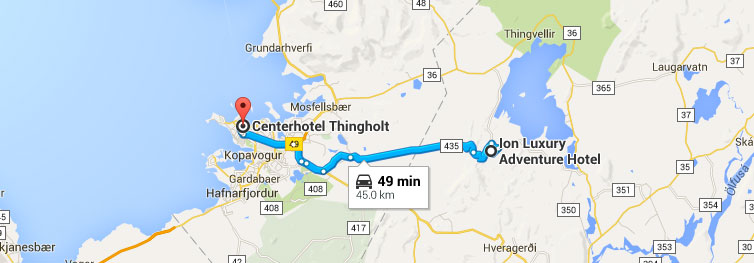
This itinerary allots only one night in Reykjavik. I think this is all you need though others may disagree. It’s just not a very big city; it’s easy to take it all in in one day/night. I do suggest taking a helicopter tour, and if you do this, it can eat up about half a day depending on the tour you choose. The city itself can be taken in pretty quickly on foot.
- Helicopter Tour
- Hallgrimskirkja Chruch
- Harpa Concert Hall
- Bankastraeti Main street
- Grillmarket
- Blue Lagoon
The last thing a lot of people do in Iceland is visit the Blue Lagoon (about 45min from Reykjavik, near the airport). If you’ve never been, go check it out. But personally, I think you can skip it. It’s very crowded and feels too much like w waterpark to me. Other lagoons on the island are much better (Myvatn Nature Baths) and provide the same experience without the hassle.
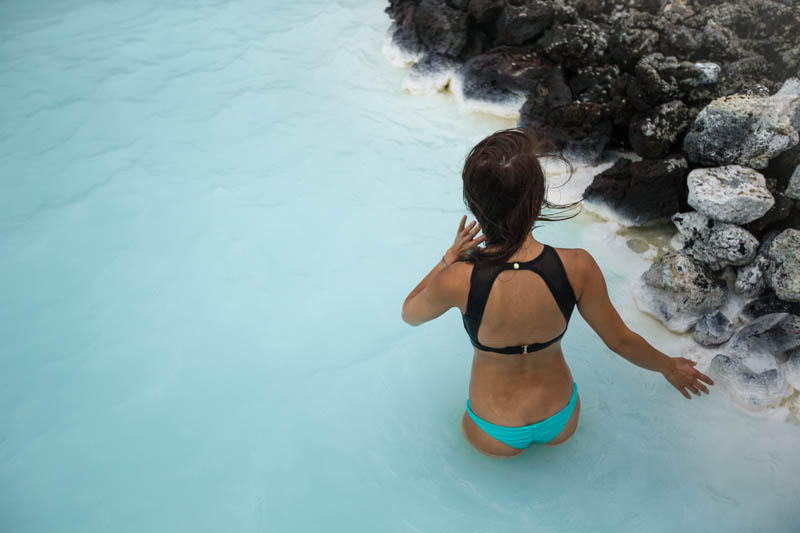
Blue Lagoon
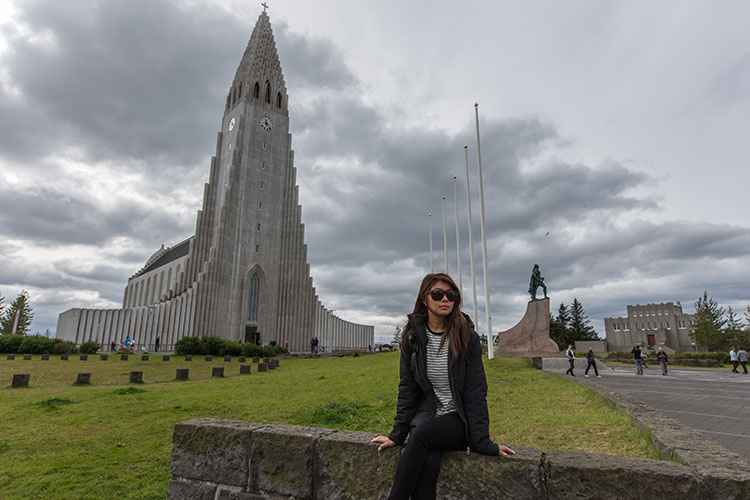
Hallgrimskirkja
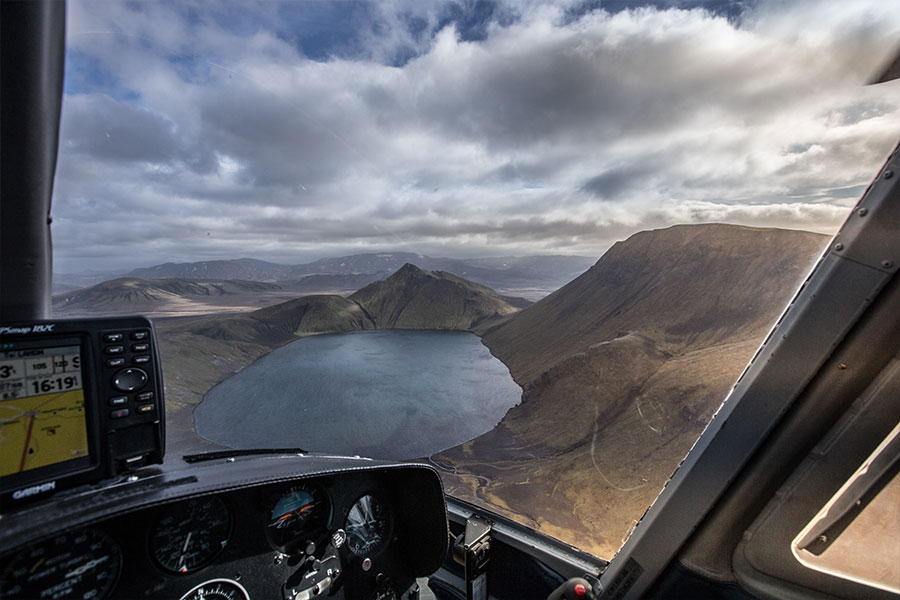
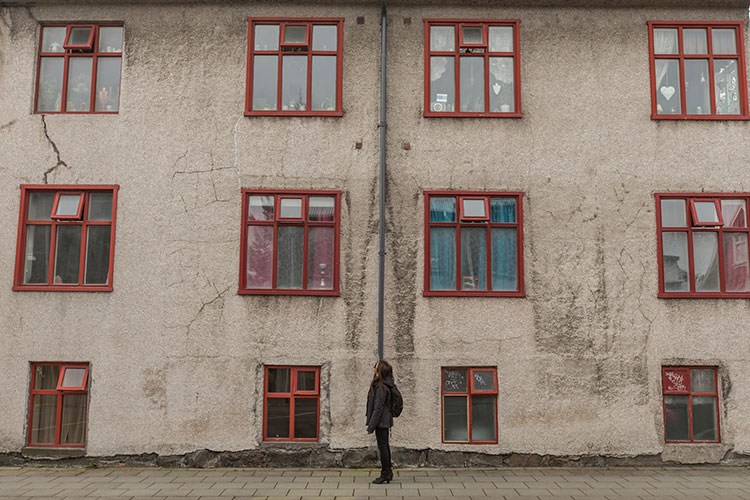
Hopefully this was helpful! Please share it with your friends and convince more people to visit this perfect country!
My goal with this page was to provide you a one-stop resource for your Iceland trip. If there is something you’re still curious about, or if you have any follow up questions, please feel free to reach out on email.
For more articles like this, follow me here: @alexcornell.
